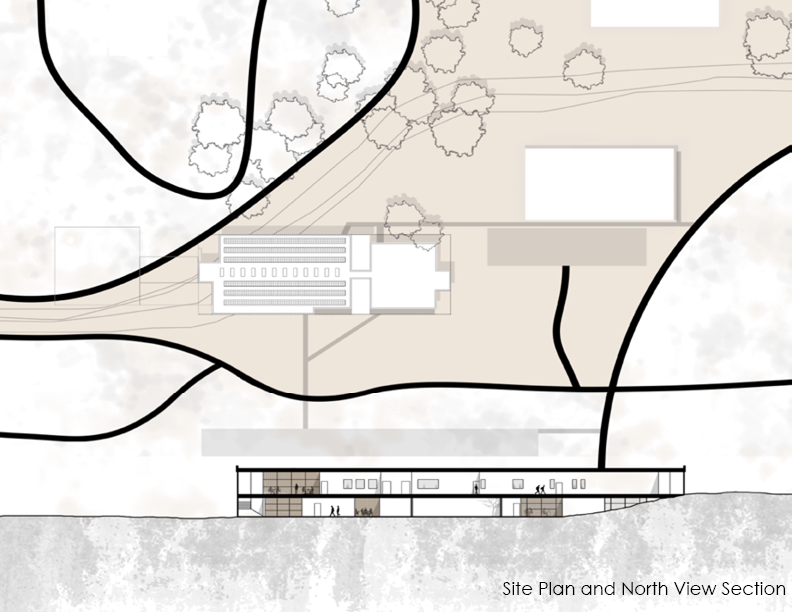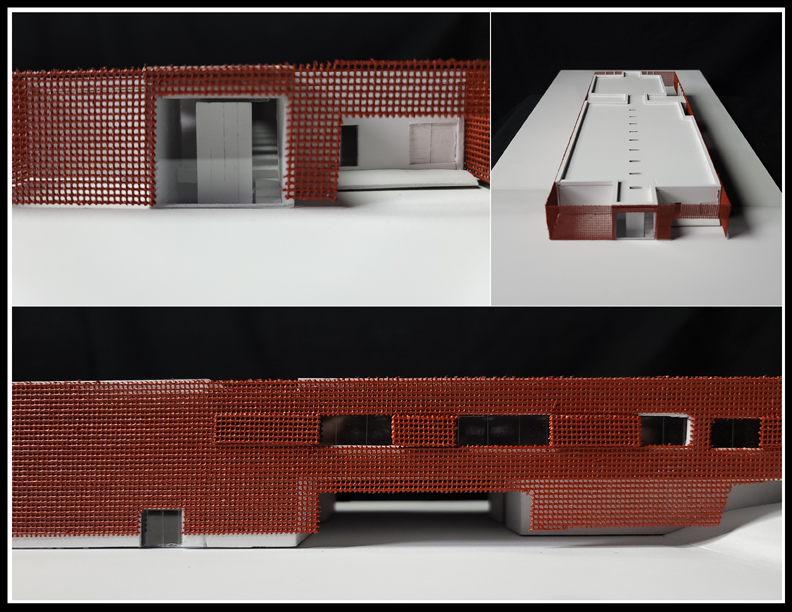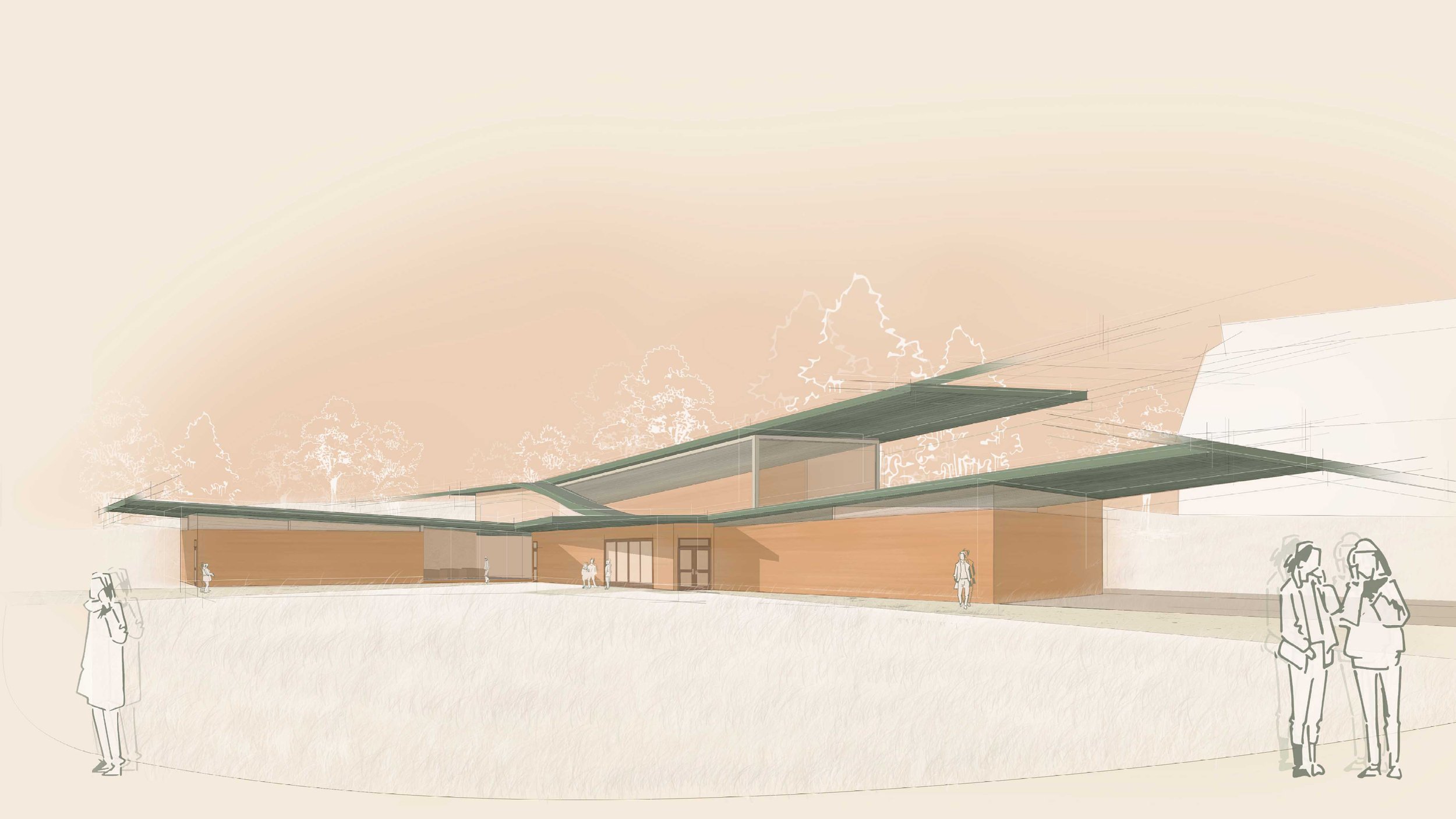
Meat Science Innovation Center
UNIVERSITY OF IDAHO | ARCHITECTURE STUDIO THREE
IN-PERSON AND VIRTUAL | 2020
-
This 6-credit studio acts as a mixing chamber in the Architecture Program curriculum. It combines continuing undergraduates in their third year, undergraduate transfer students both from within the college, and from other institutions of architectural education, incoming graduate students with an unrelated undergraduate degree who have just completed a intensive summer “bootcamp” and continuing 4th year under-graduate students who spent their previous fall in a semester long study-abroad program and are now circling back to this studio.
The studio required the development of a cohesive pedagogy that meets the educational needs of each of these student groups where they are (rather than where the teacher might like them to be) while fulfilling the specific education objectives of the course in the larger curriculum (bridging foundational and analytical stages of learning).
The course pedagogy integrates a systematic assessment of incoming abilities across the full group. A series of flexible exercises of increasing complexity are presented which optimize growth across the group in key areas where a need for remediation is identified. These assignments are limited in scope to overcome trepidation common in less-experienced students, and designed to allow for continual adaptation, ensuring all students are being challenged and supported as the course develops.
-
INTRODUCTORY EXERCISE
The studio investigates the relationship between context and architecture through the lens of food, its origins, and the cultural norms built around it.
The course begins with the design of a series of small-scale exercises leading up to the development of a small pop up butcher shop. Because the class was offered both in person and via virtual meeting, I had students select sites they would be able to visit easily and without violating covid-related restrictions.
These initial efforts coincide with in-depth research into the larger context, tourism, food systems and architecture, and evolving western ideals about meat and our relationship to it.
While the hybrid delivery method precluded many of the immersive learning strategies I typically use, I made an effort to integrate my professional experience and contacts into the class, exposing students to a wide variety of viewpoints on the issues, and to people that they would otherwise not have met.
Students were asked to identify a “client” for their pop-up from the list of figures we studied. These ranged from a local rancher, to butchers I had guest lecture in the class, to underrepresented faces in the industry like a meat processing center (factory) worker, or an immigrant apprentice butcher from central america working at a small shop in the deep south.
-
The course paralleled the development of a real project on the University of Idaho Campus, a new home for Vandal Meats at the Meat Science Innovation Center. The resulting projects conveyed an understanding of the intersection between education, research, agritourism, and the future of meat processing.
-
“Sites of Visitation: Leveraging the Touristic Endeavor”.
Lawrence, Scott.
Conference Paper and Presentation.
National Conference on the Beginning Design Student. Denver, CO
2019
Student Project Examples
McKaden Tigue
2020 - University of Idaho - Meat Science Innovation Lab


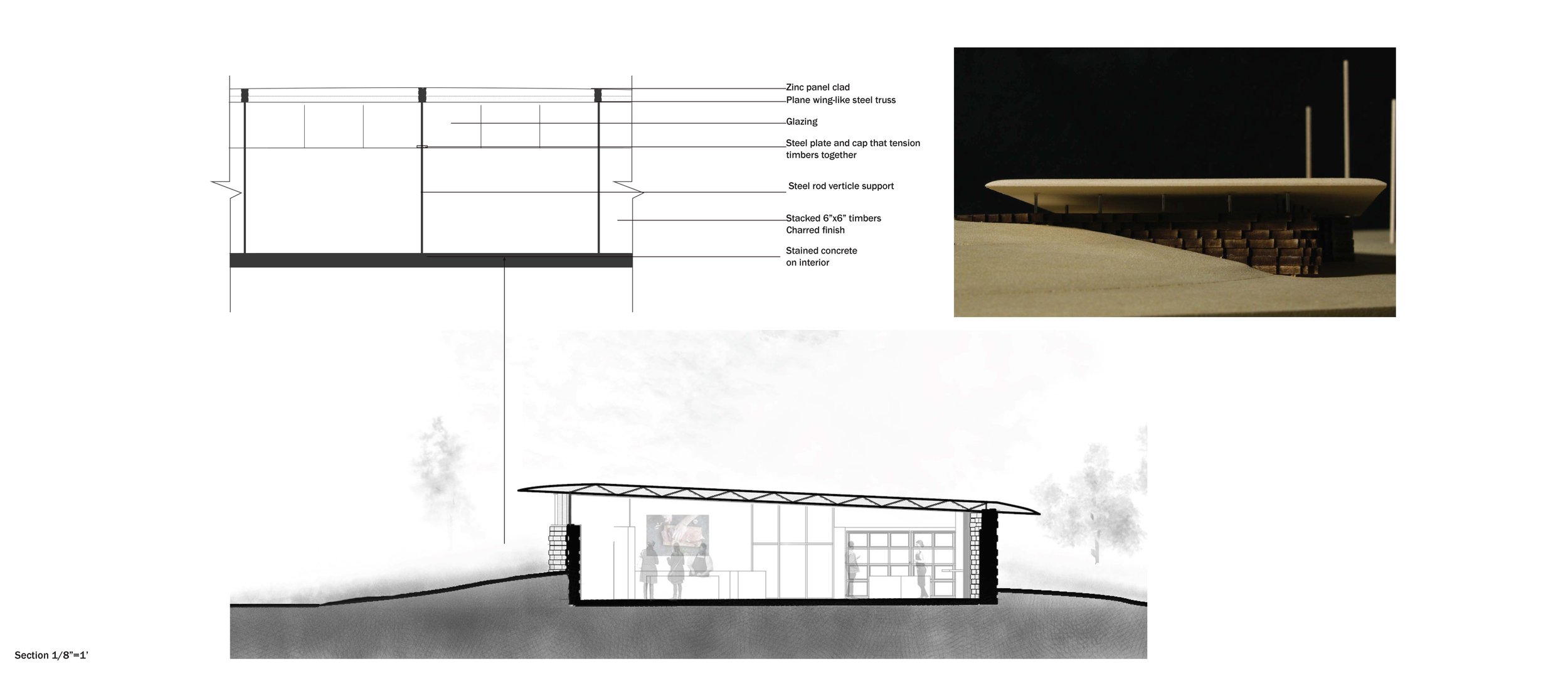
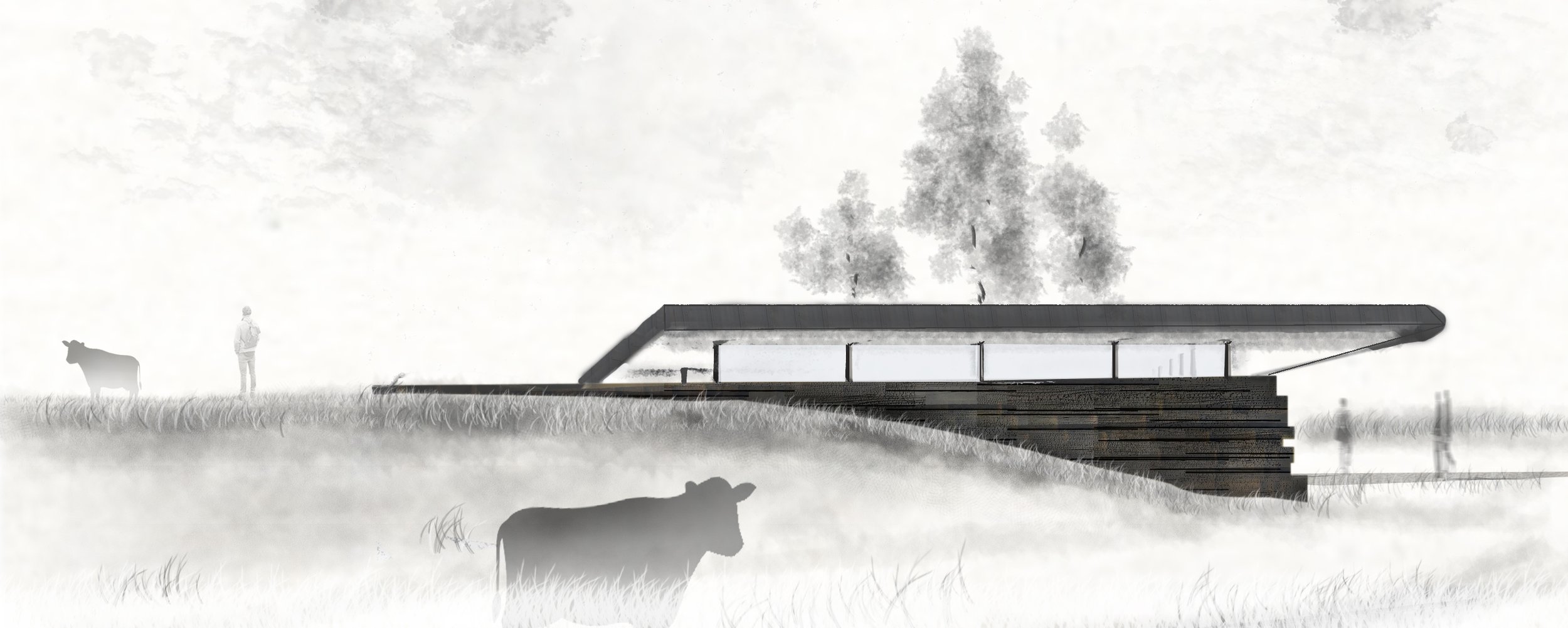

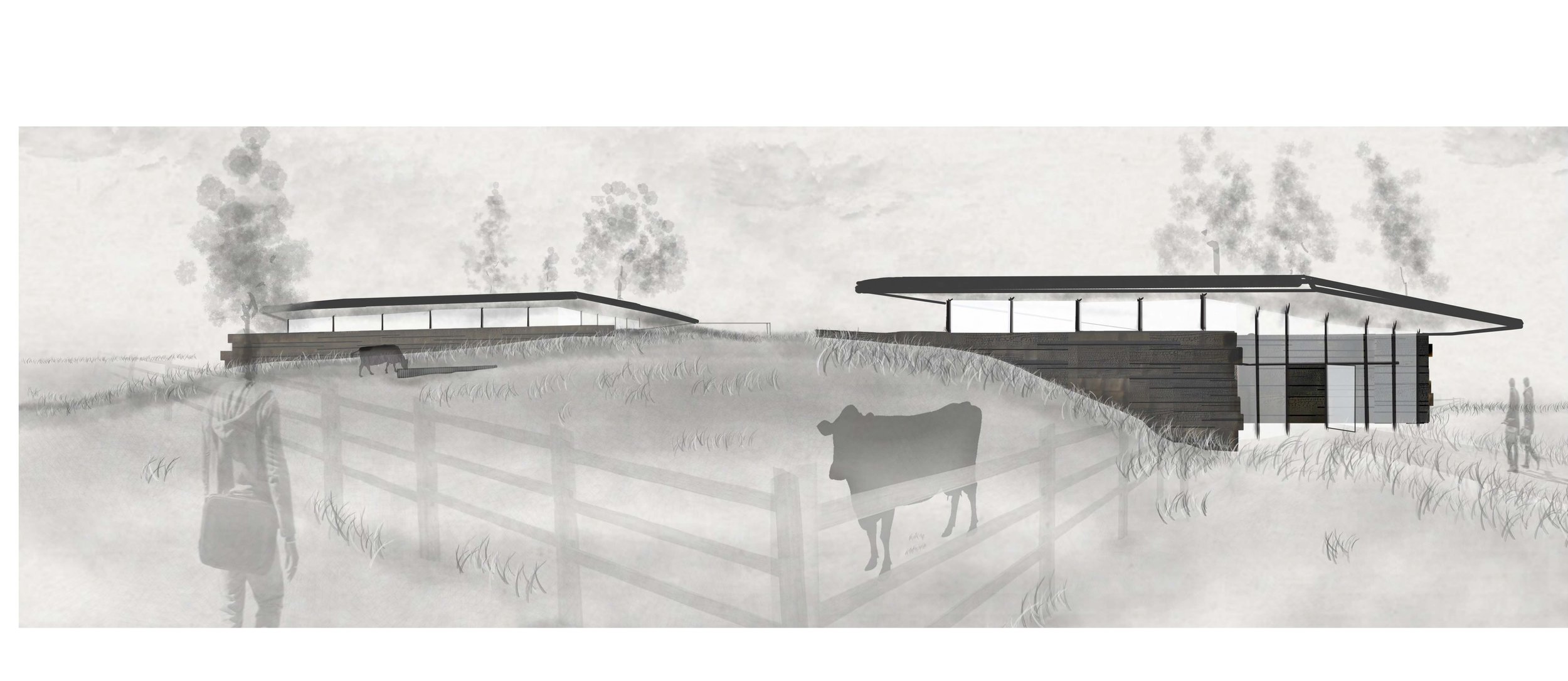
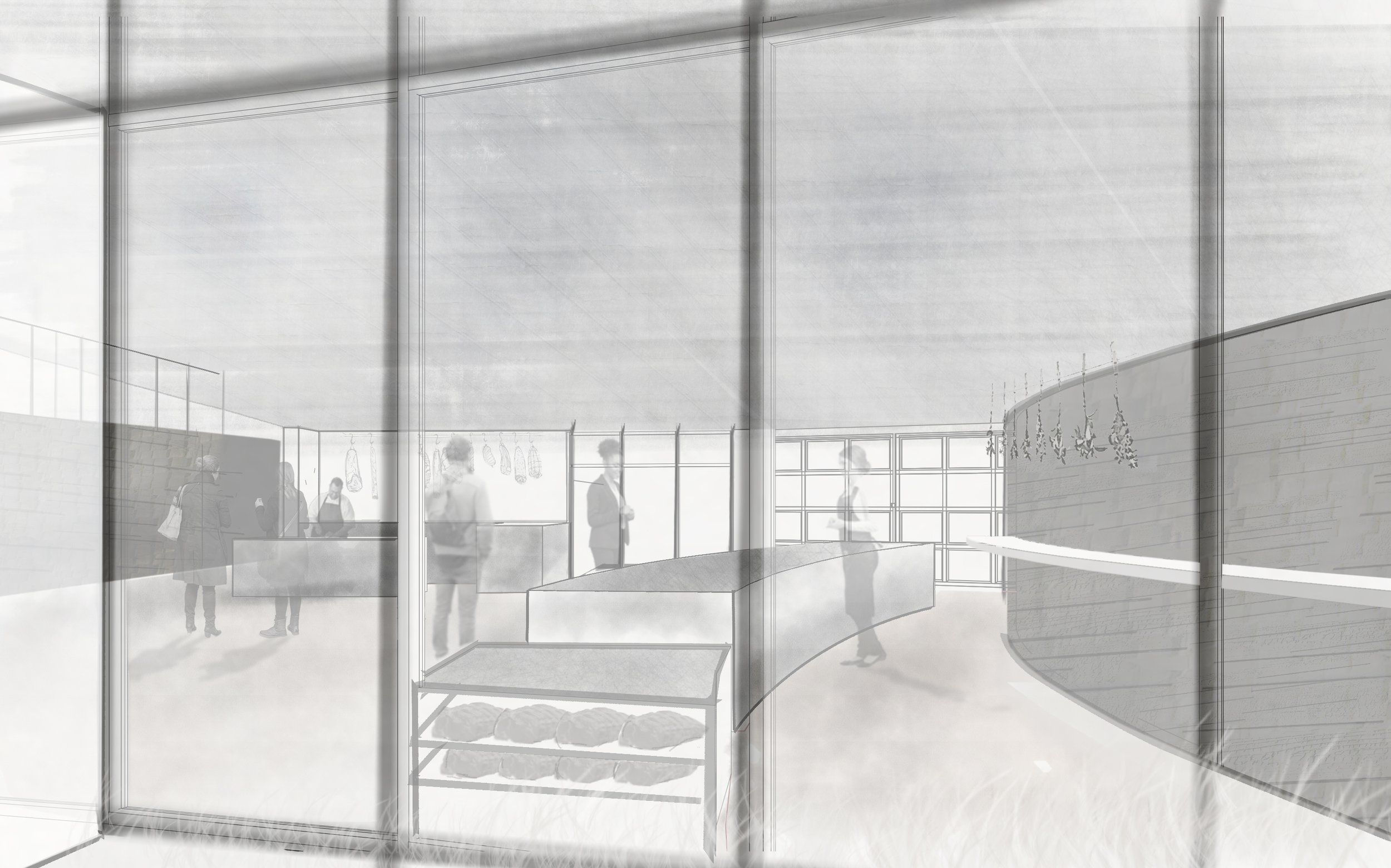
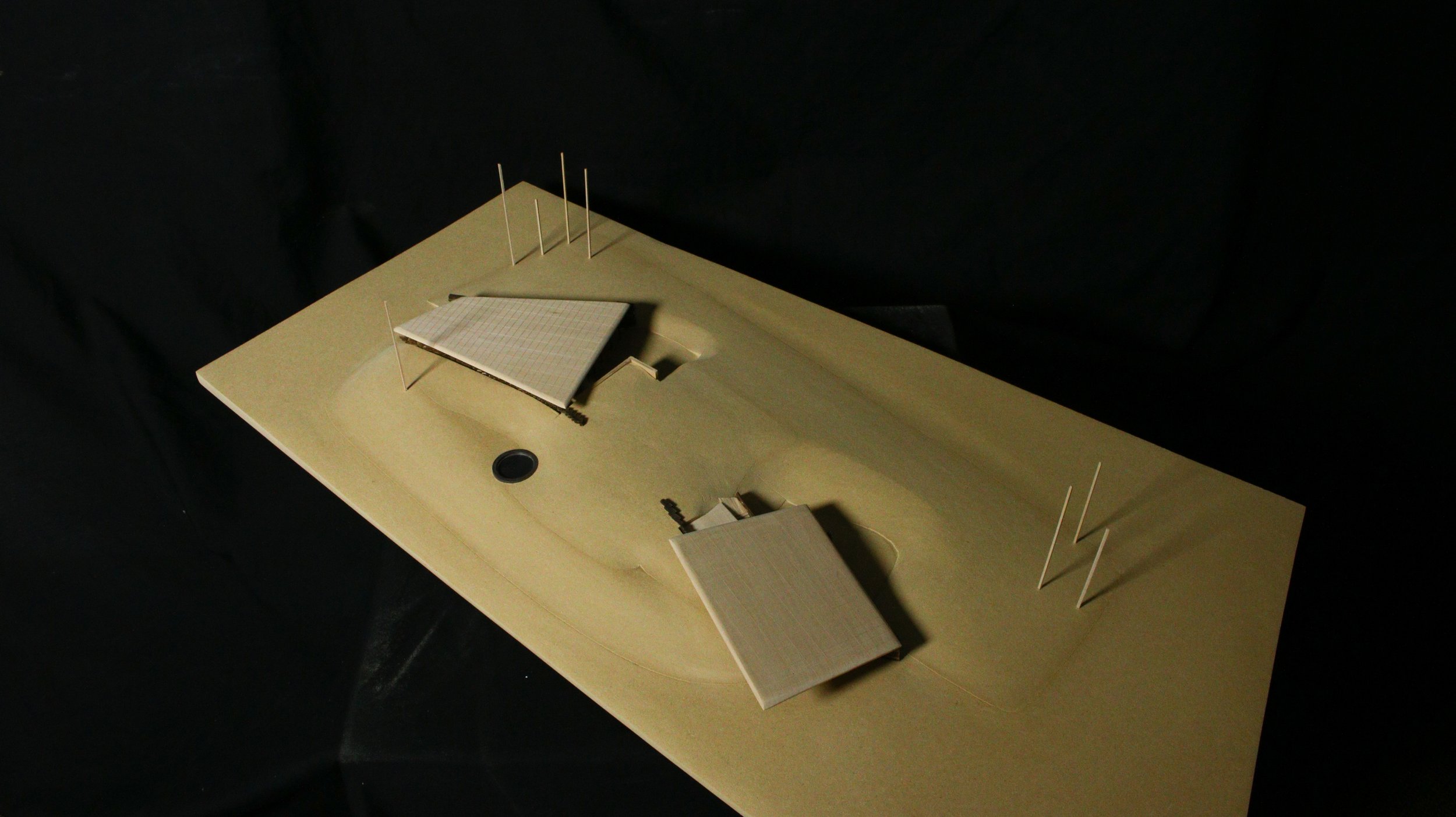
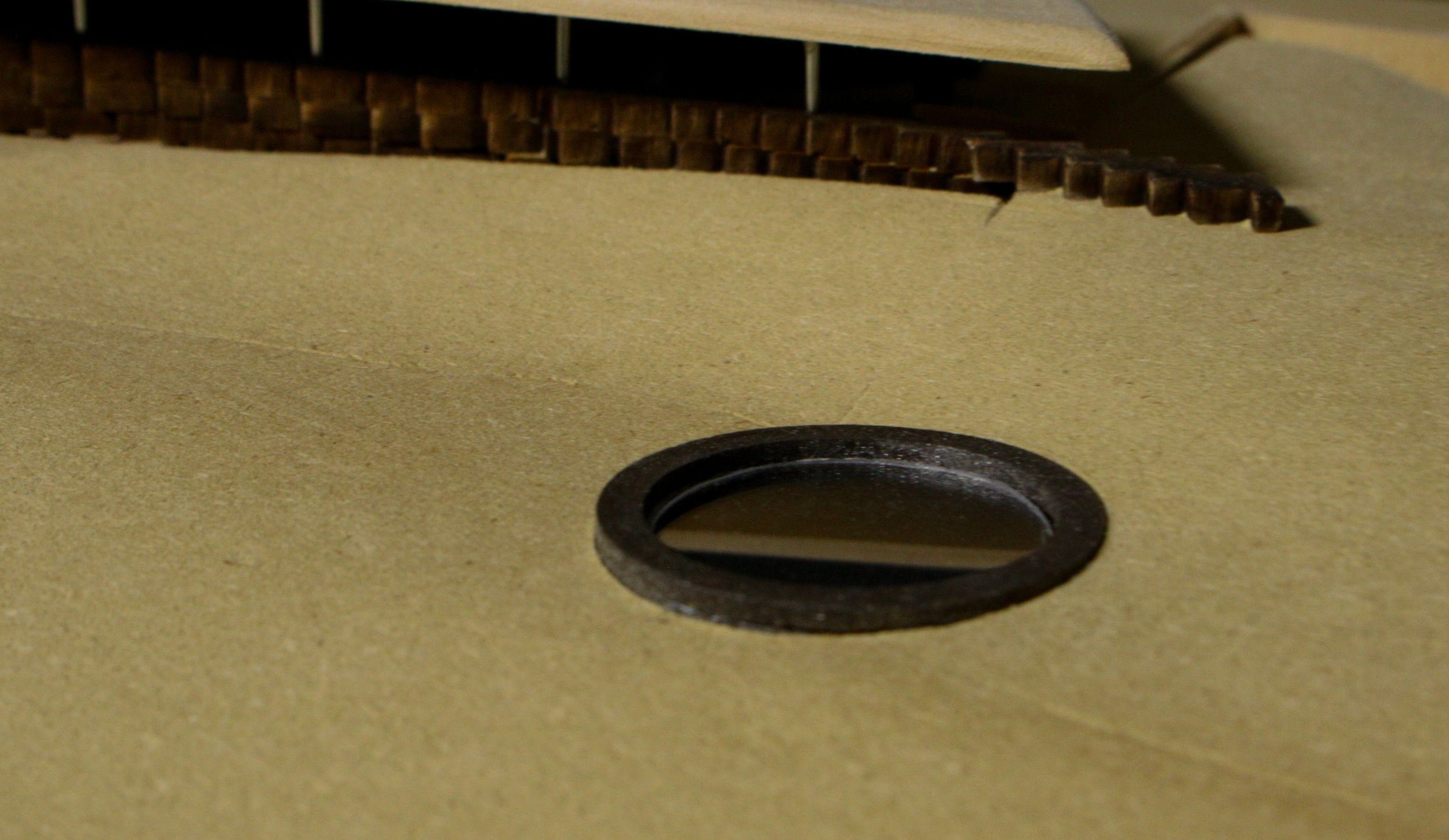

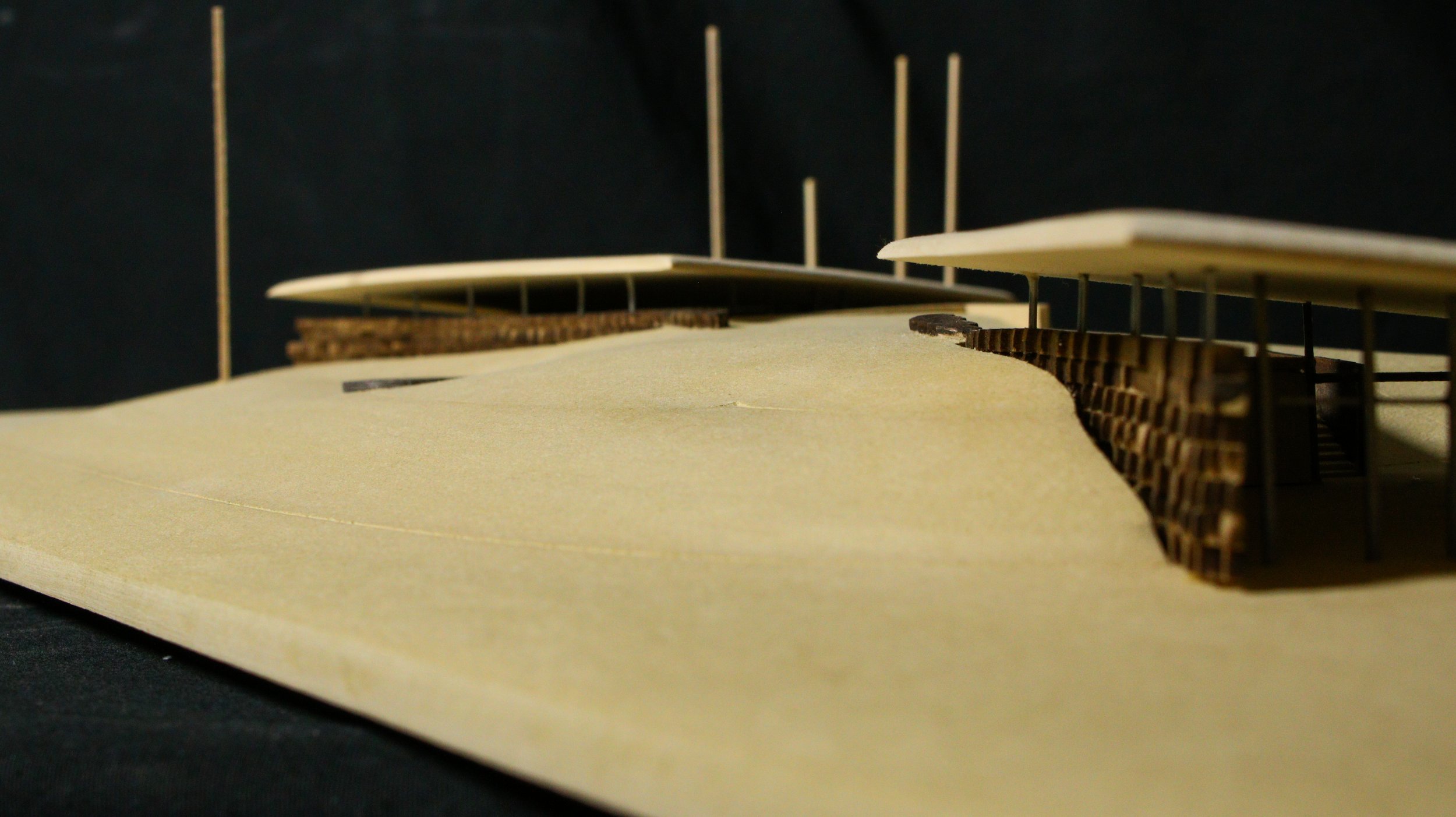
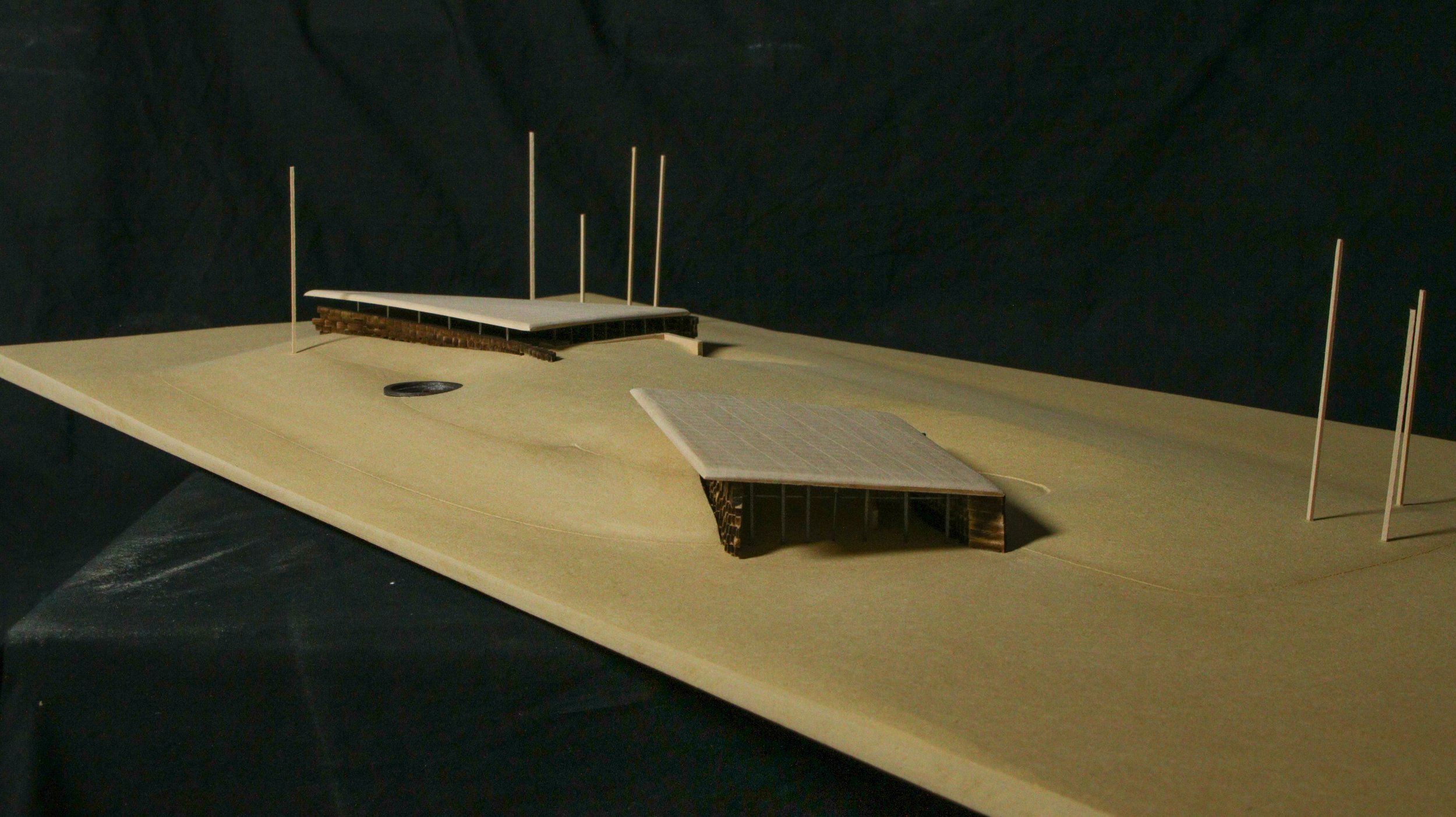
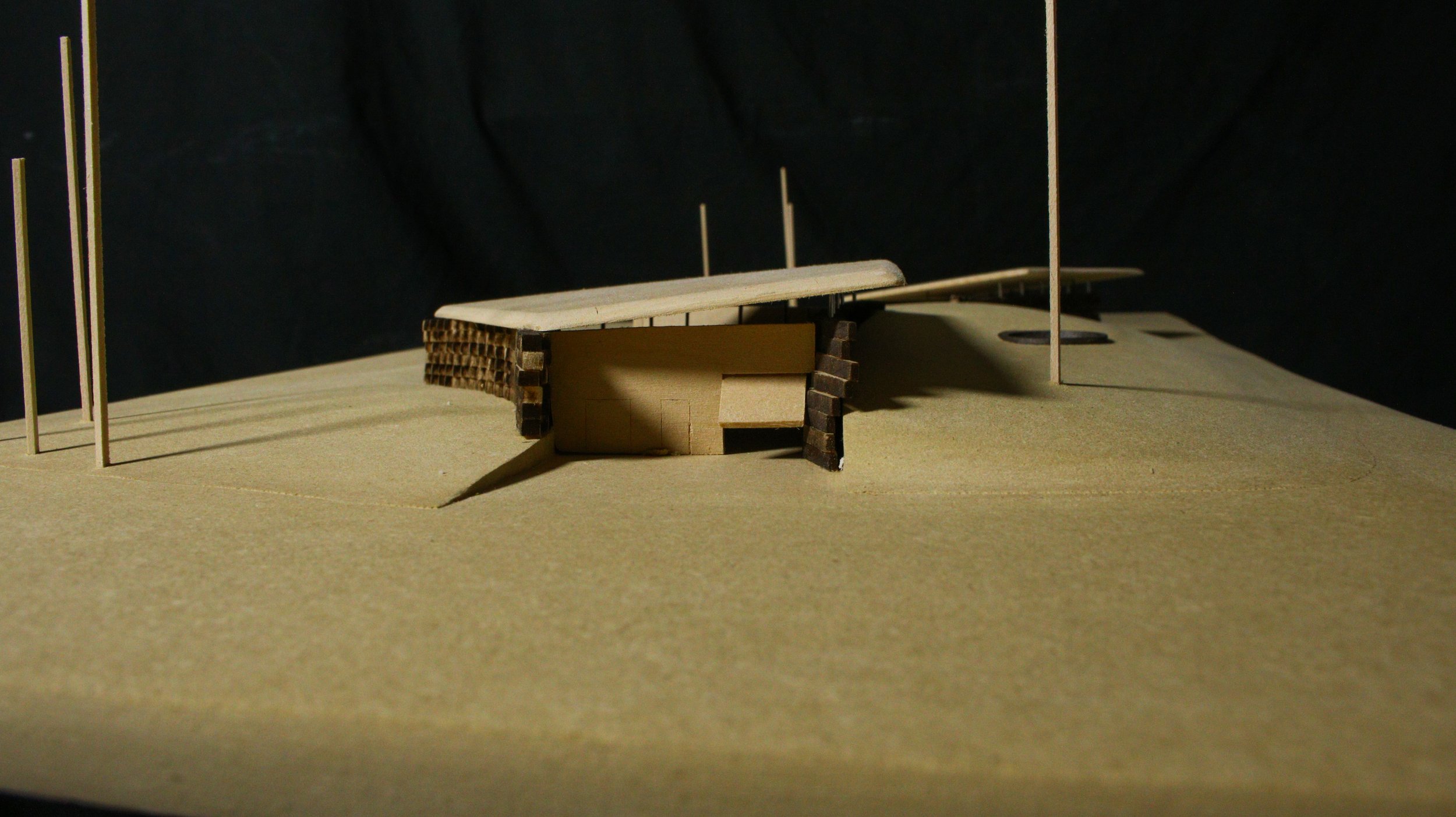
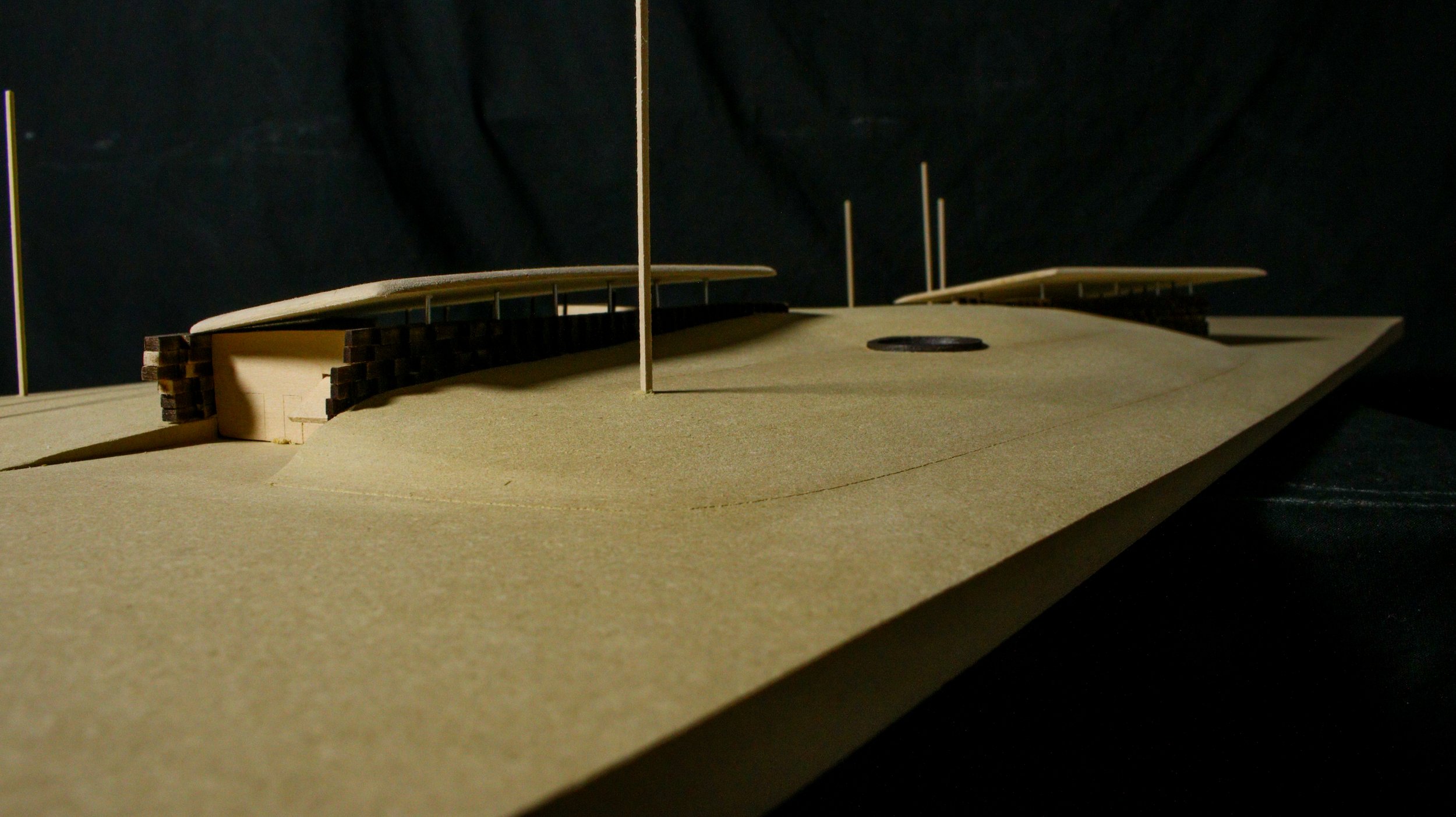
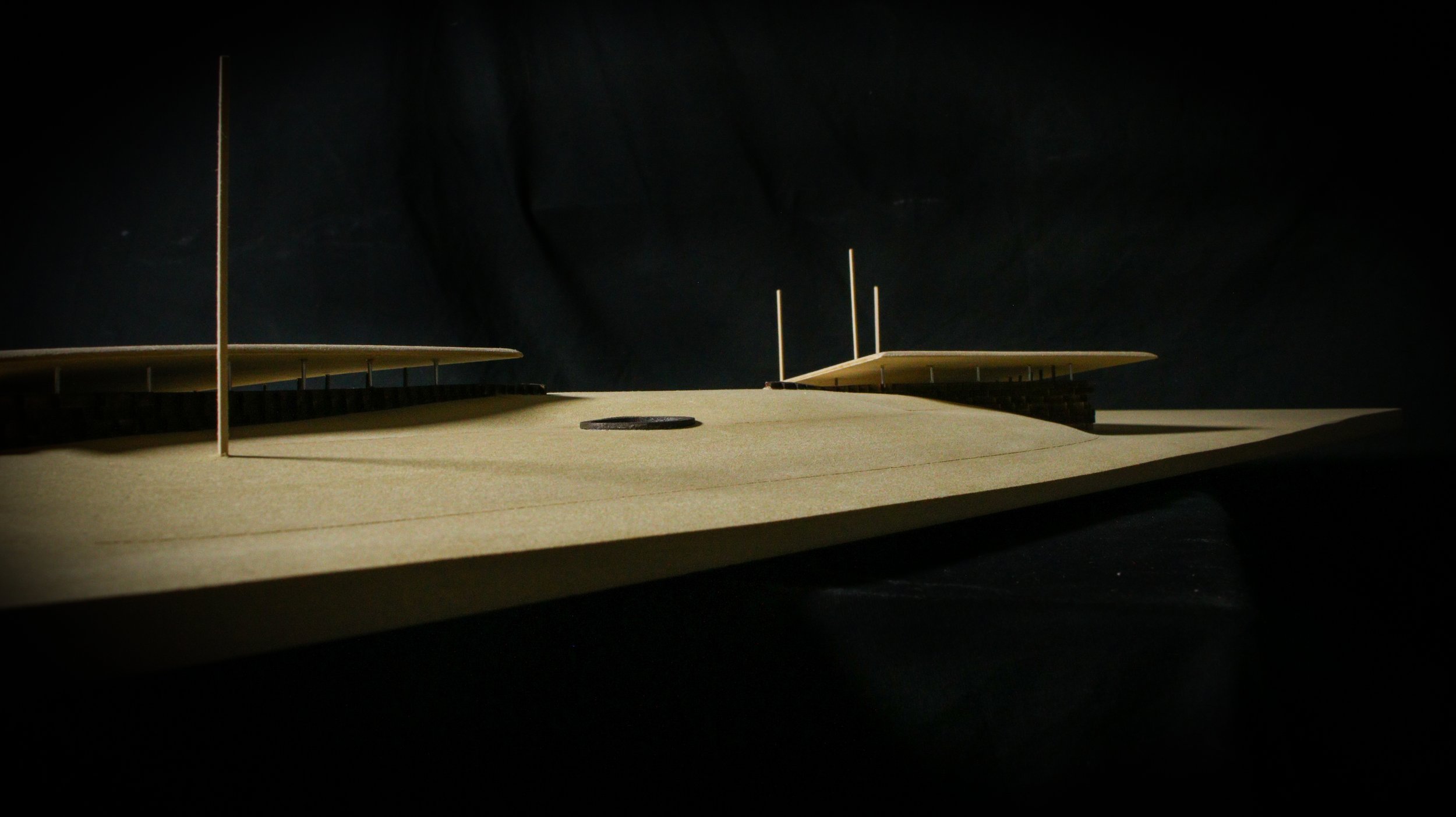




Marissa Hilliard
2020 - University of Idaho - Meat Science Innovation Lab
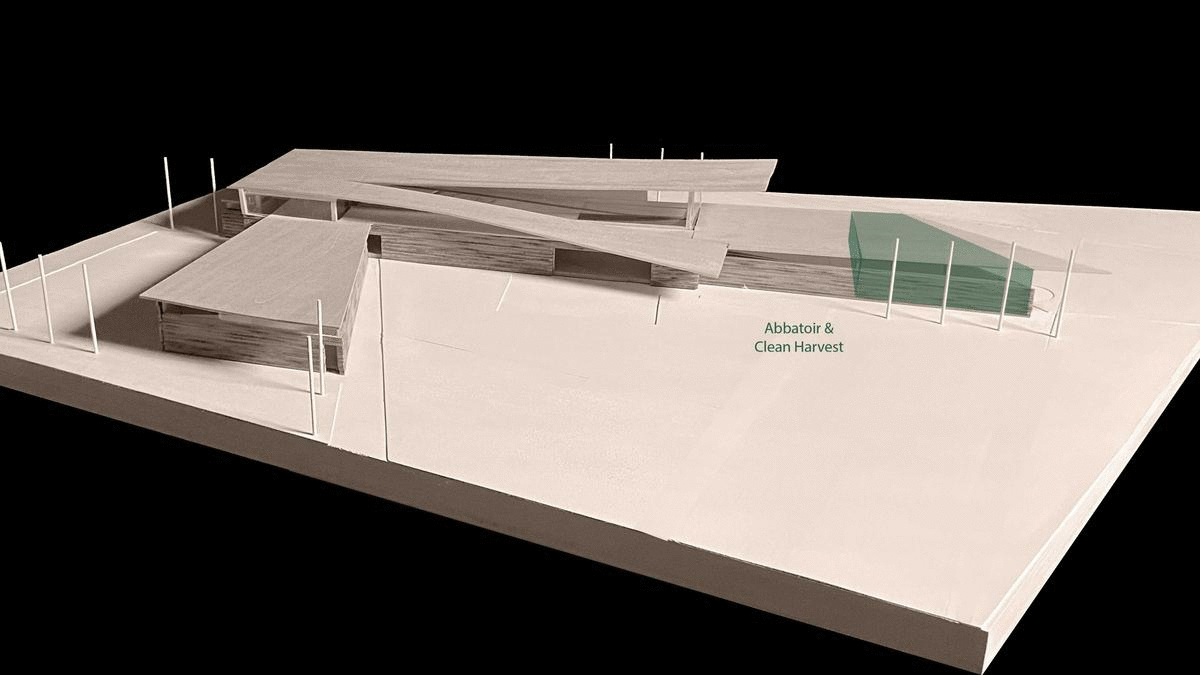

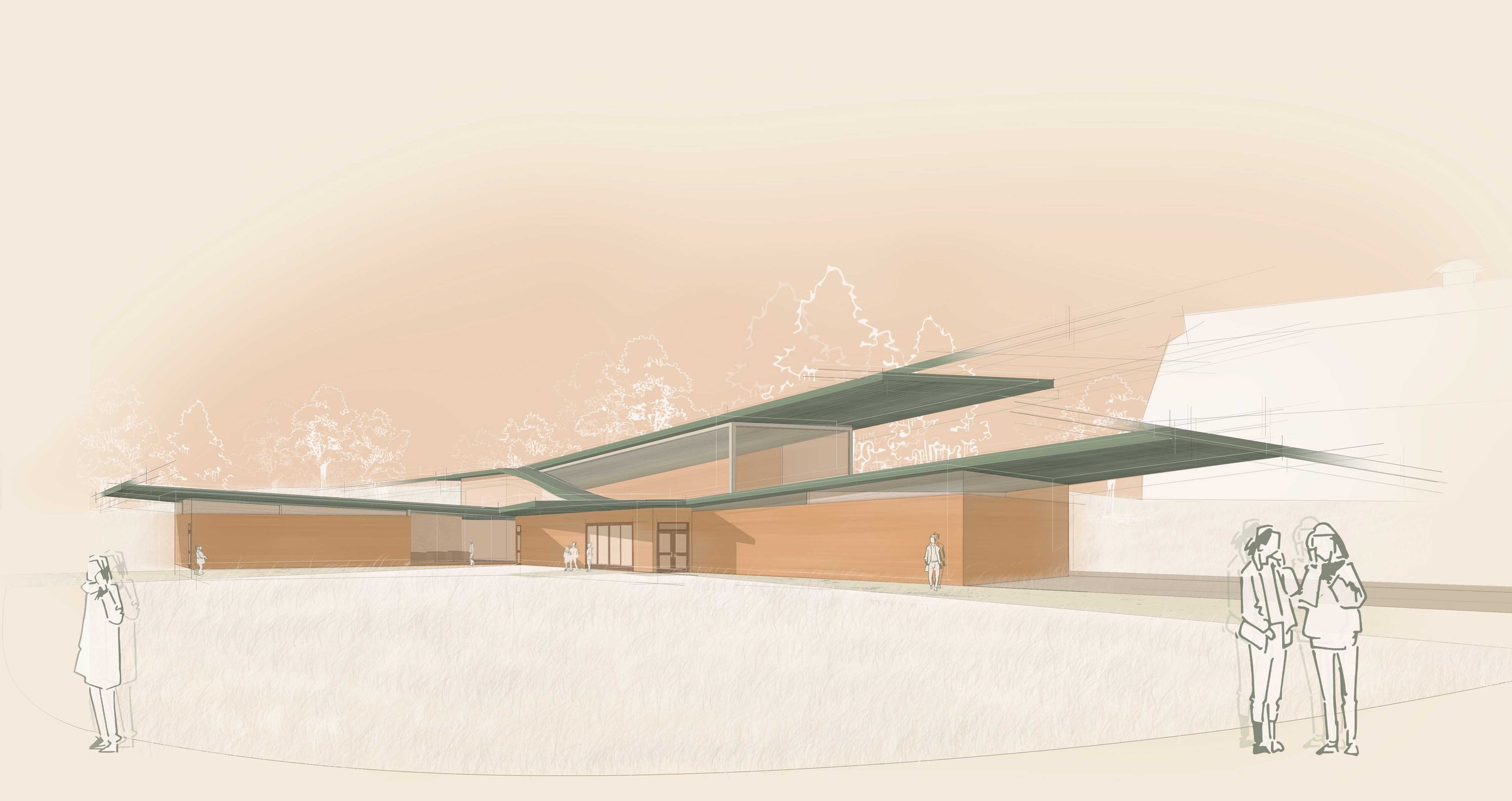
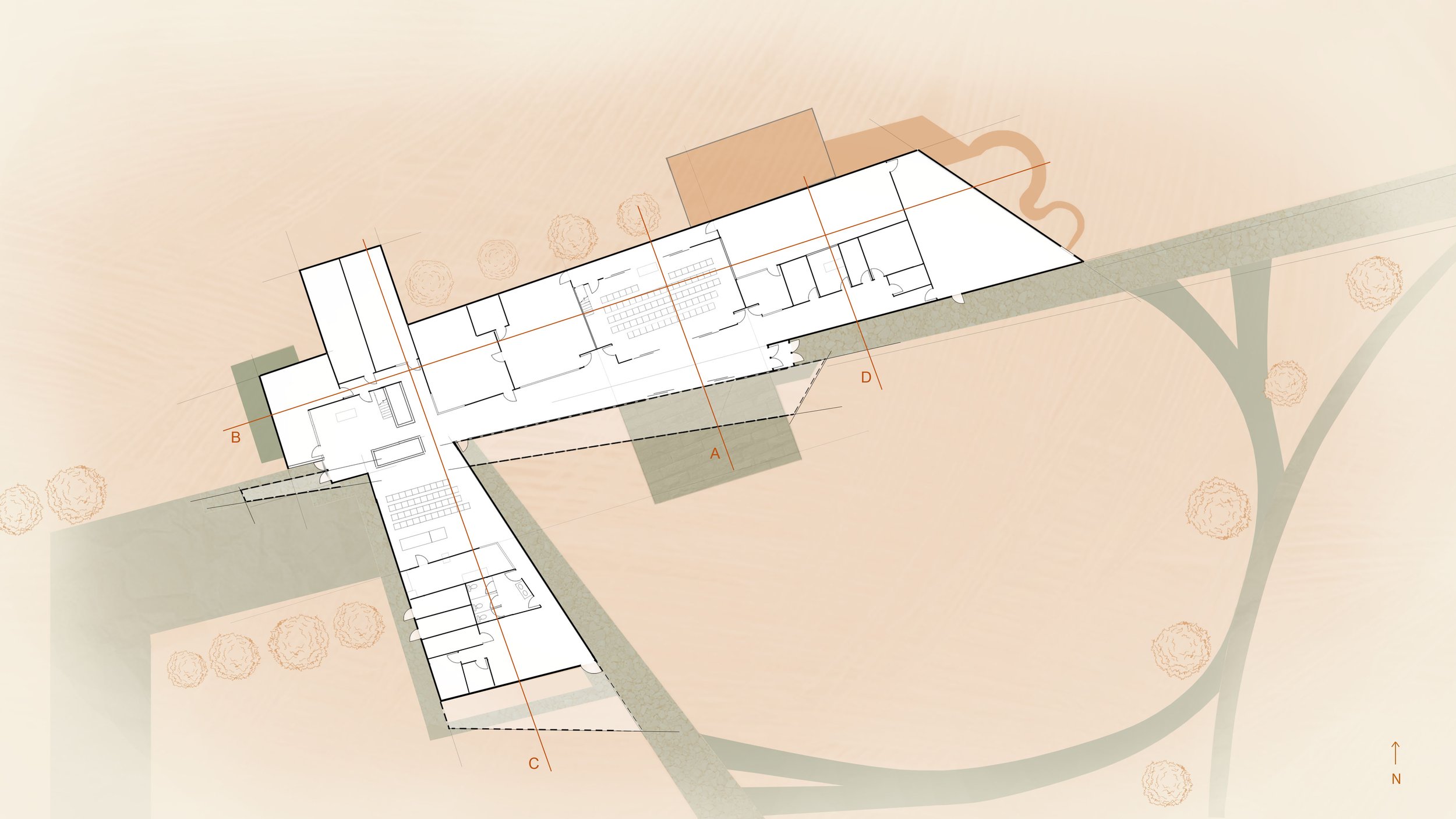
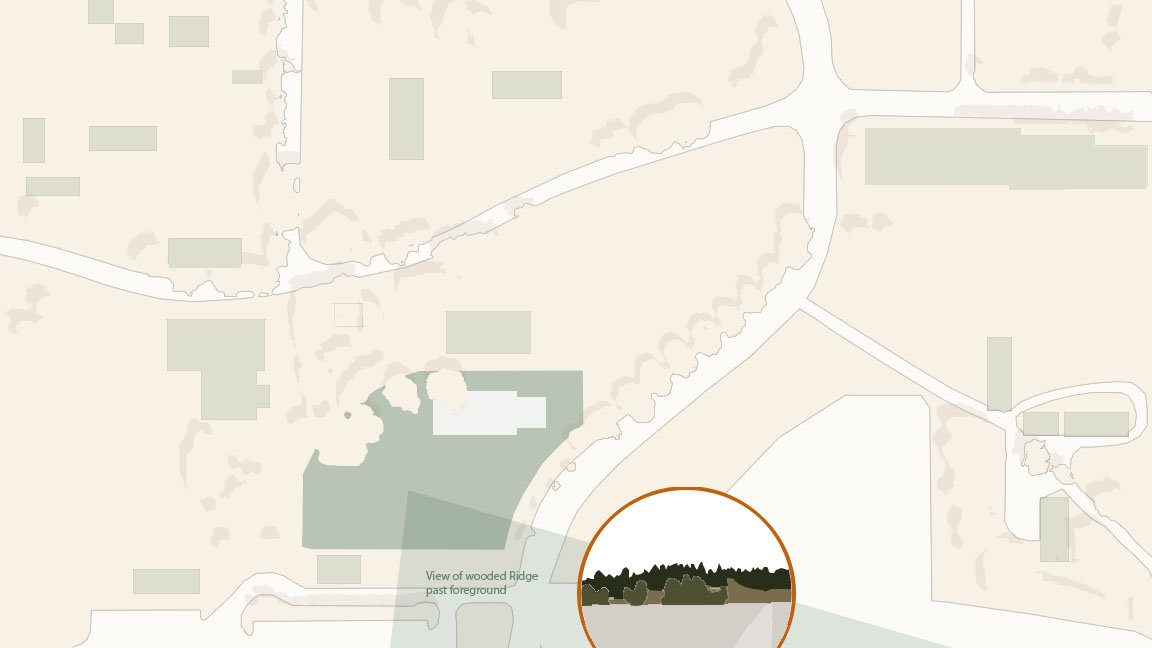
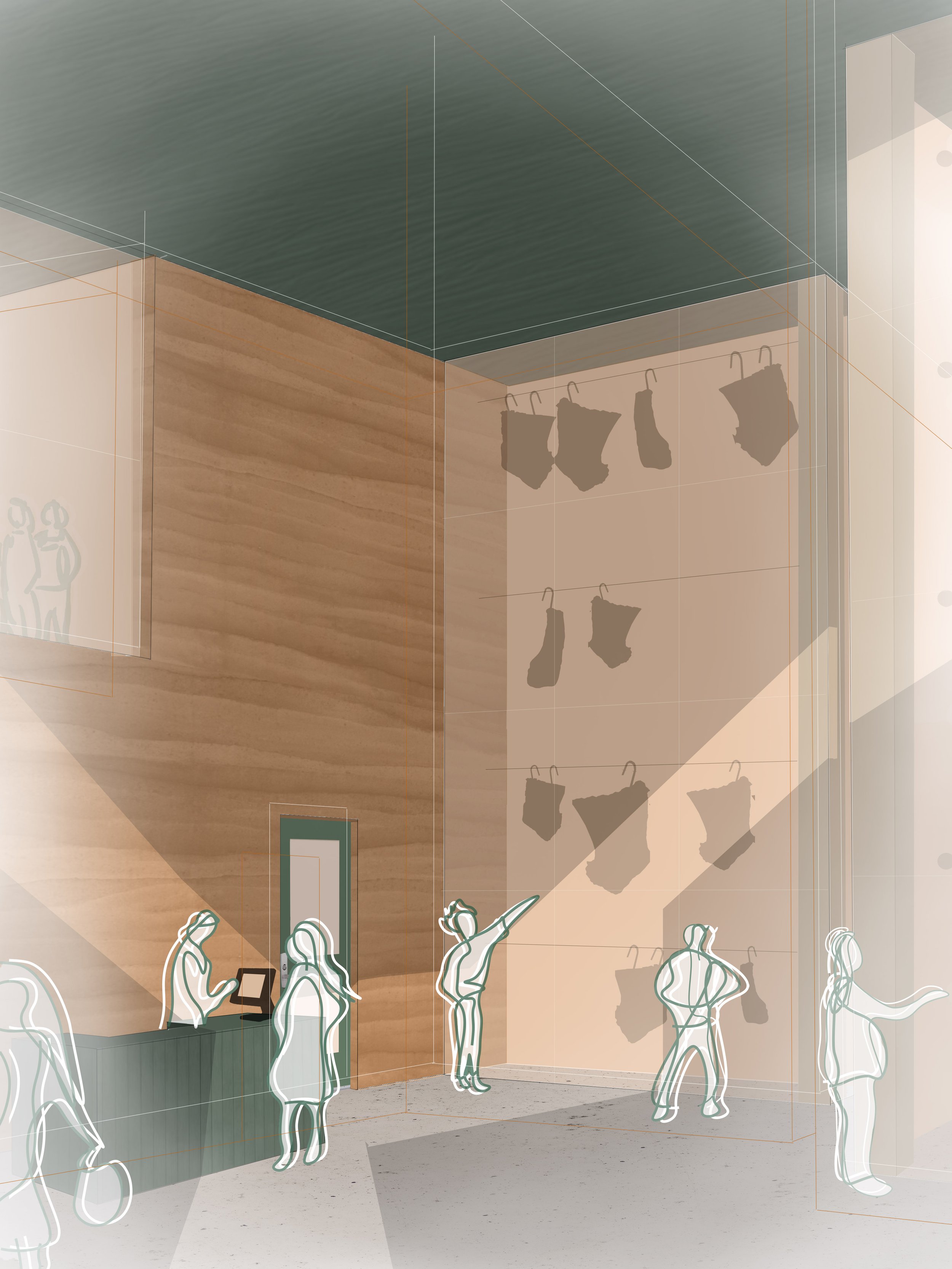
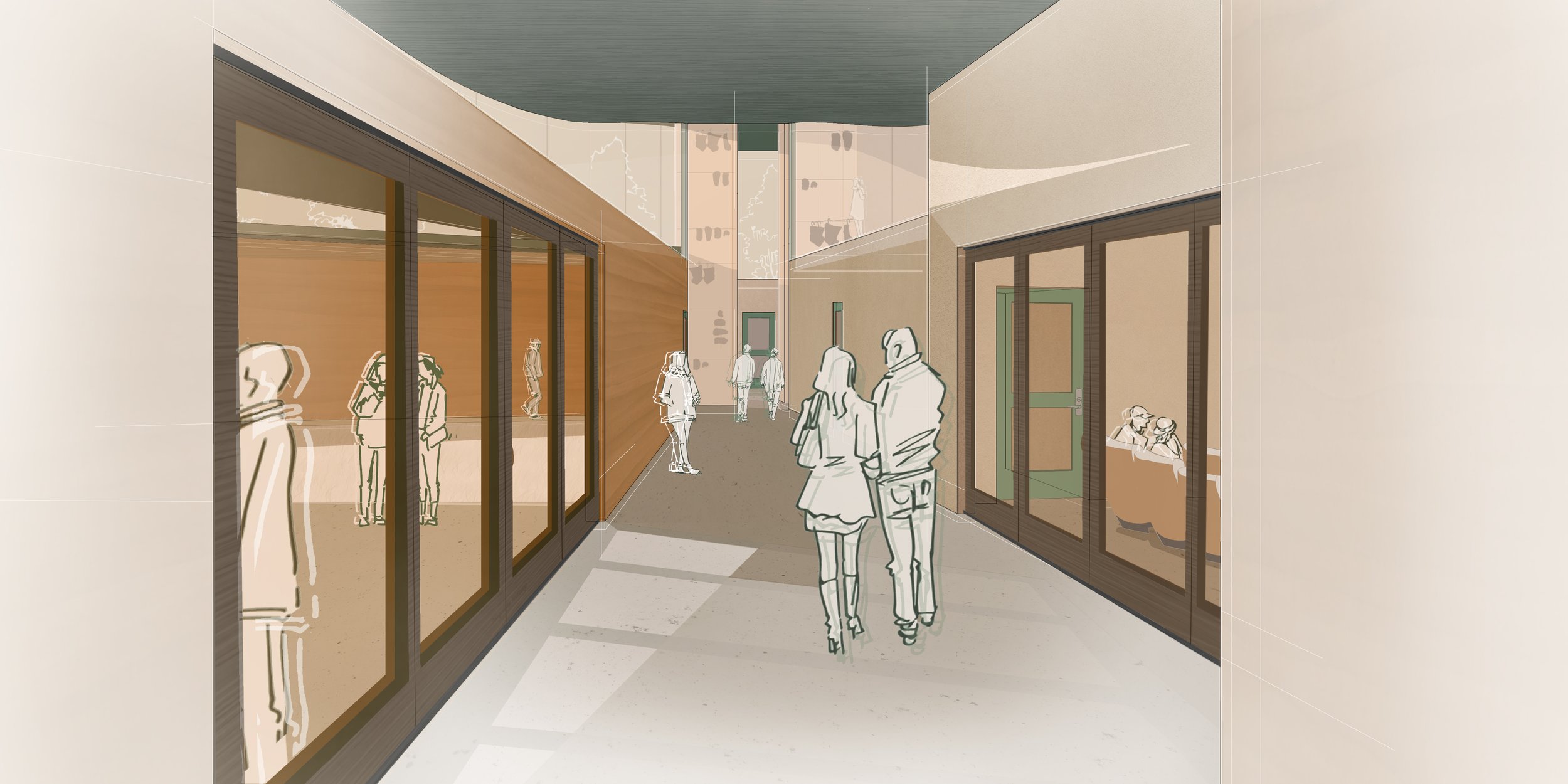
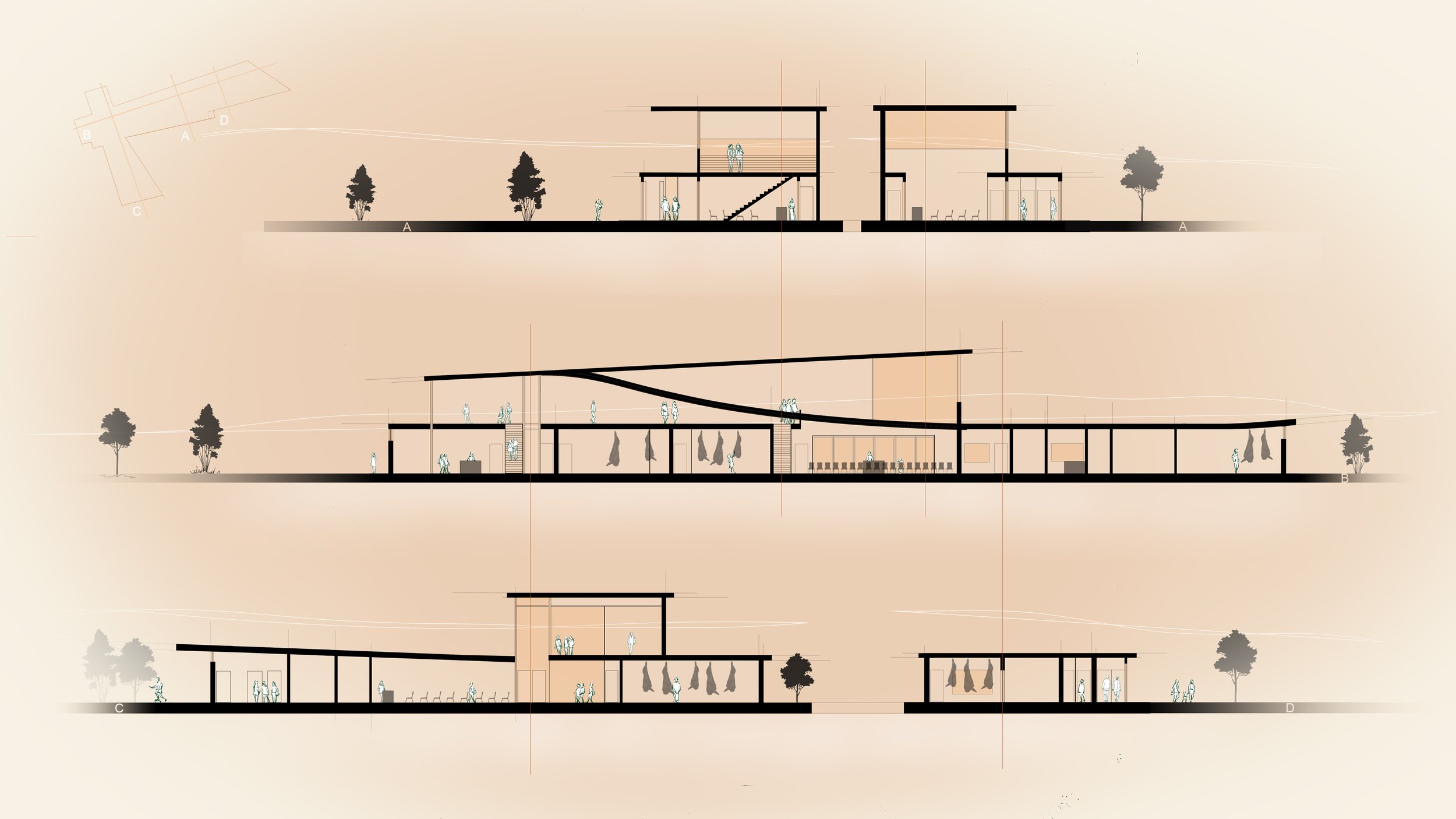
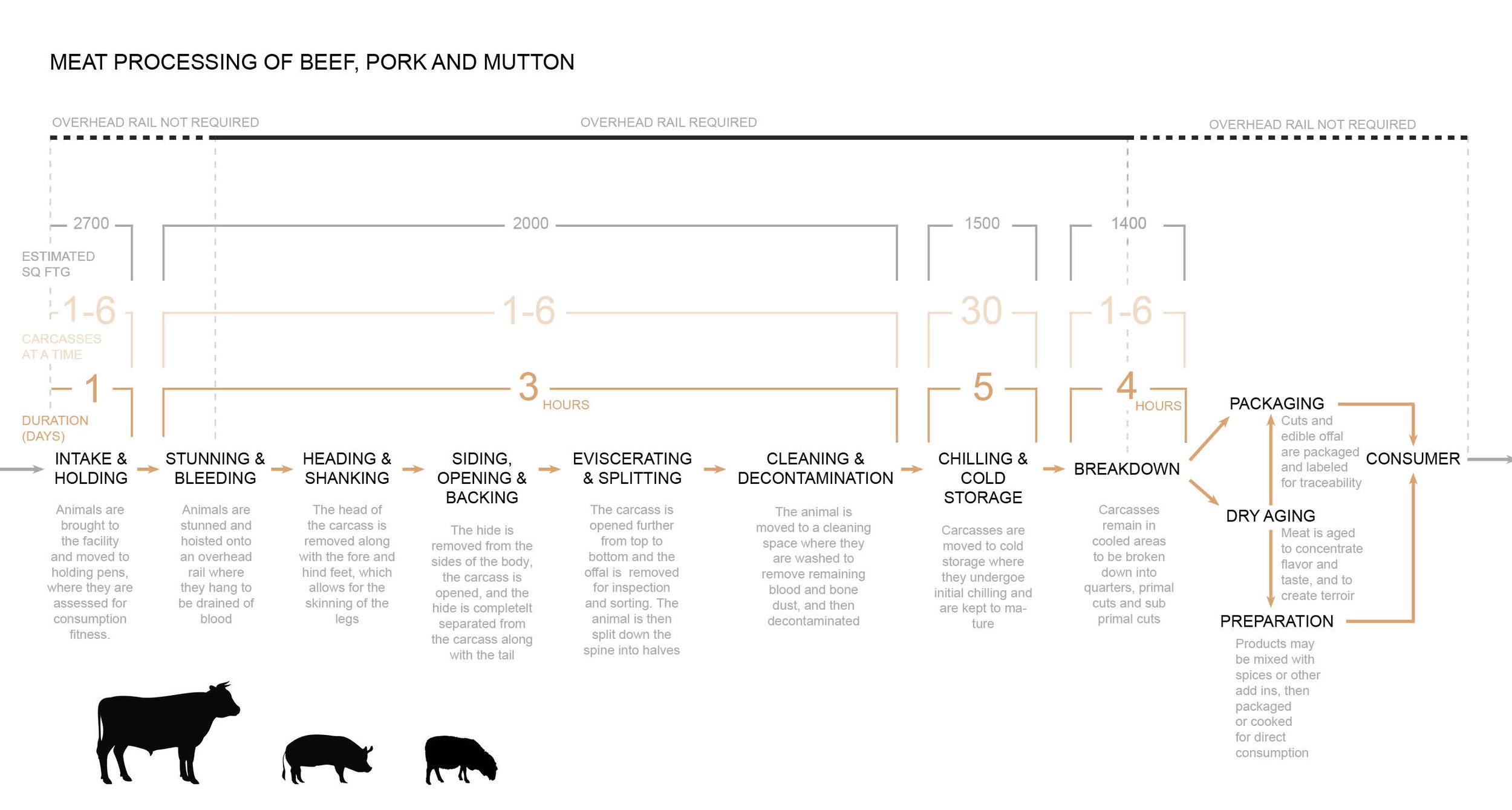



Nathalia Campos
2020 - University of Idaho - Meat Science Innovation Lab
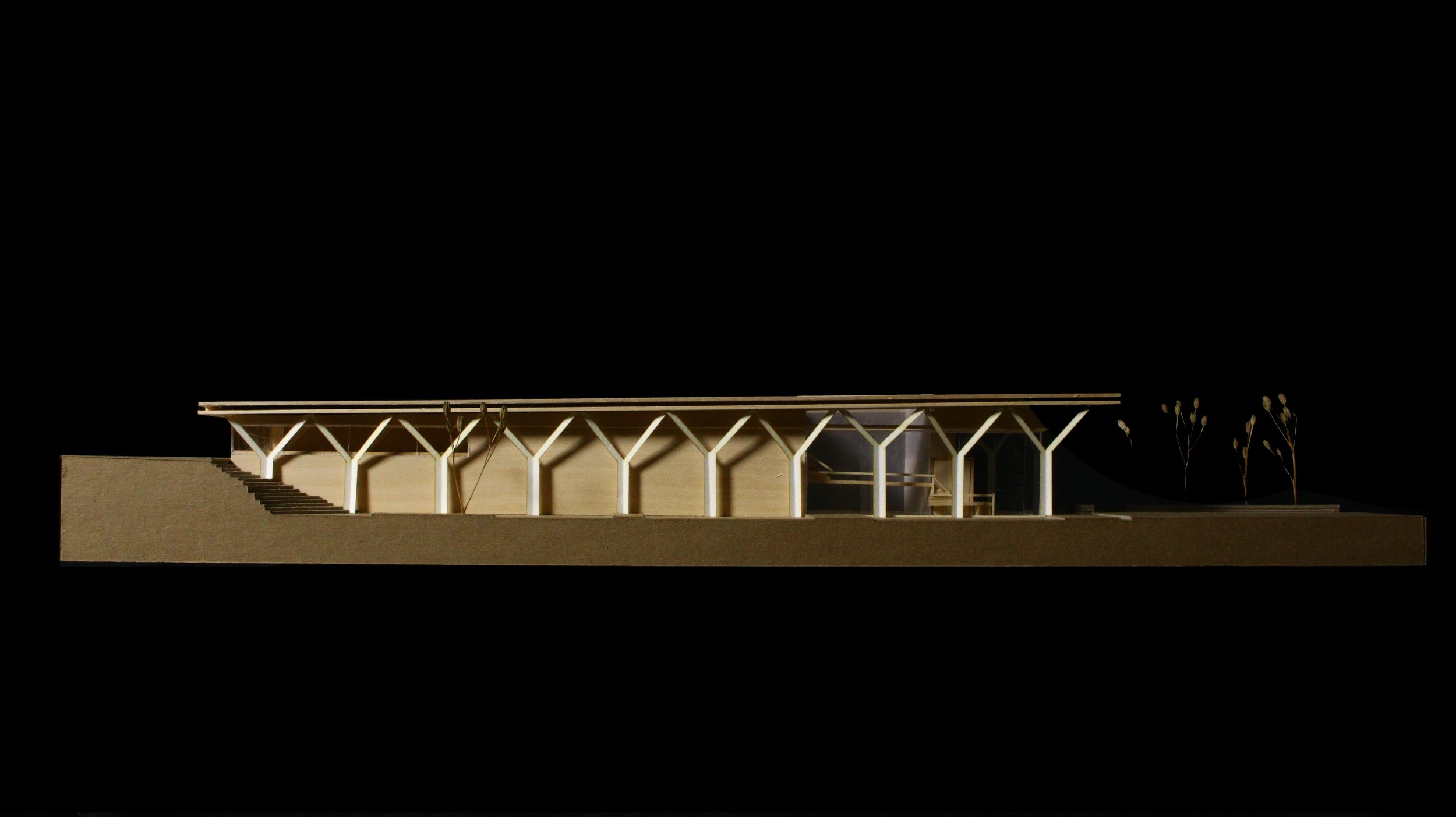

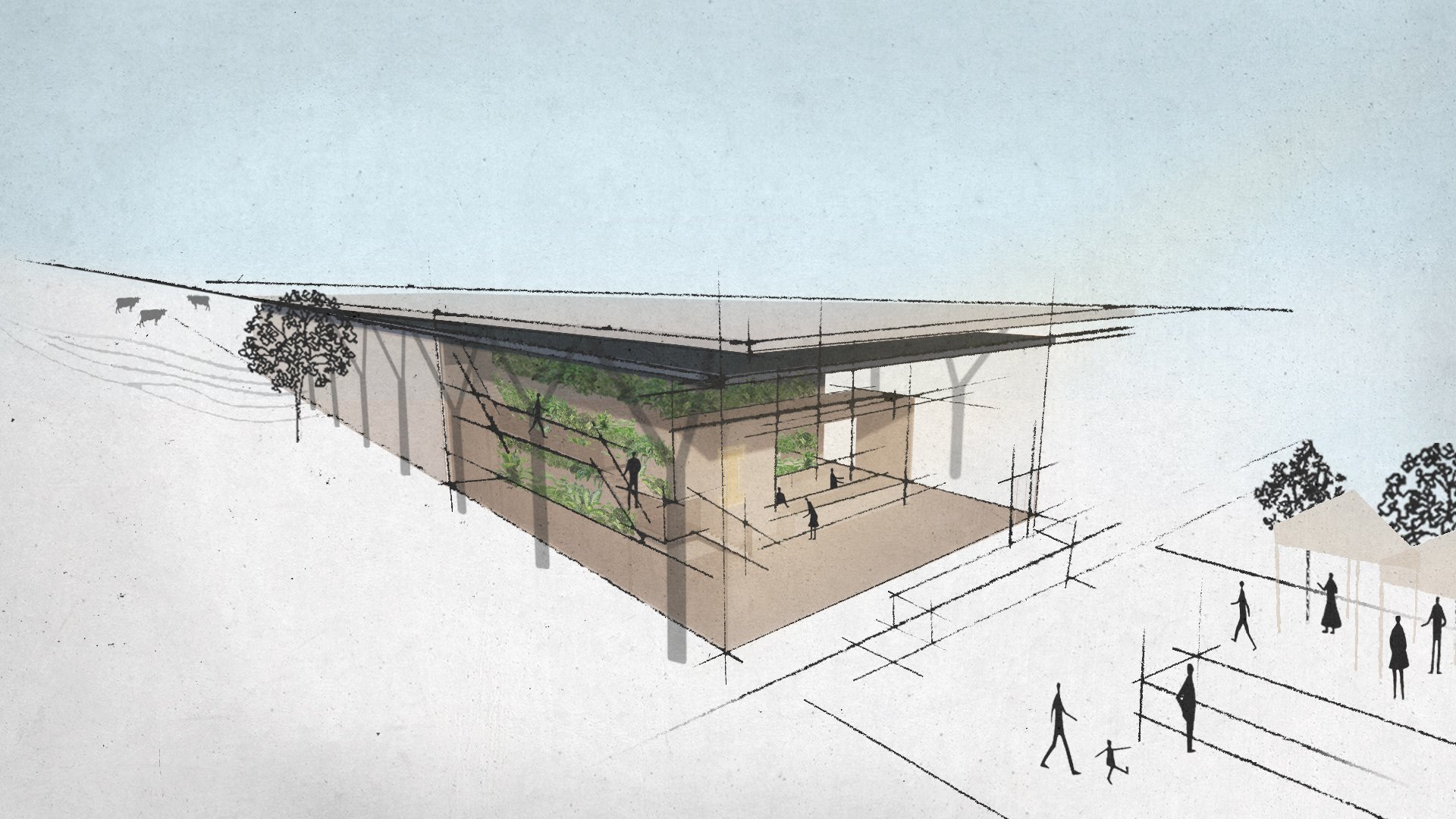
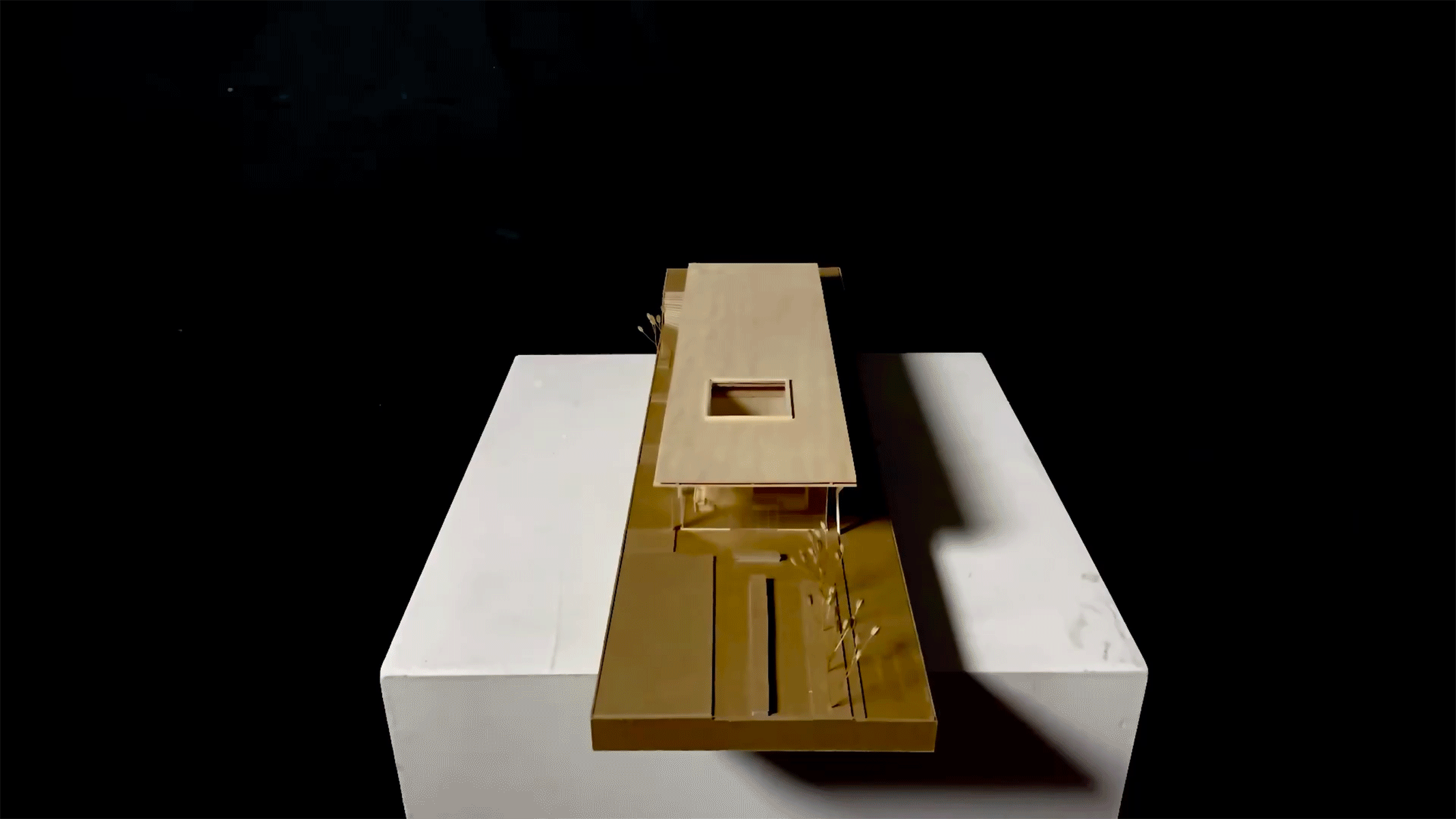
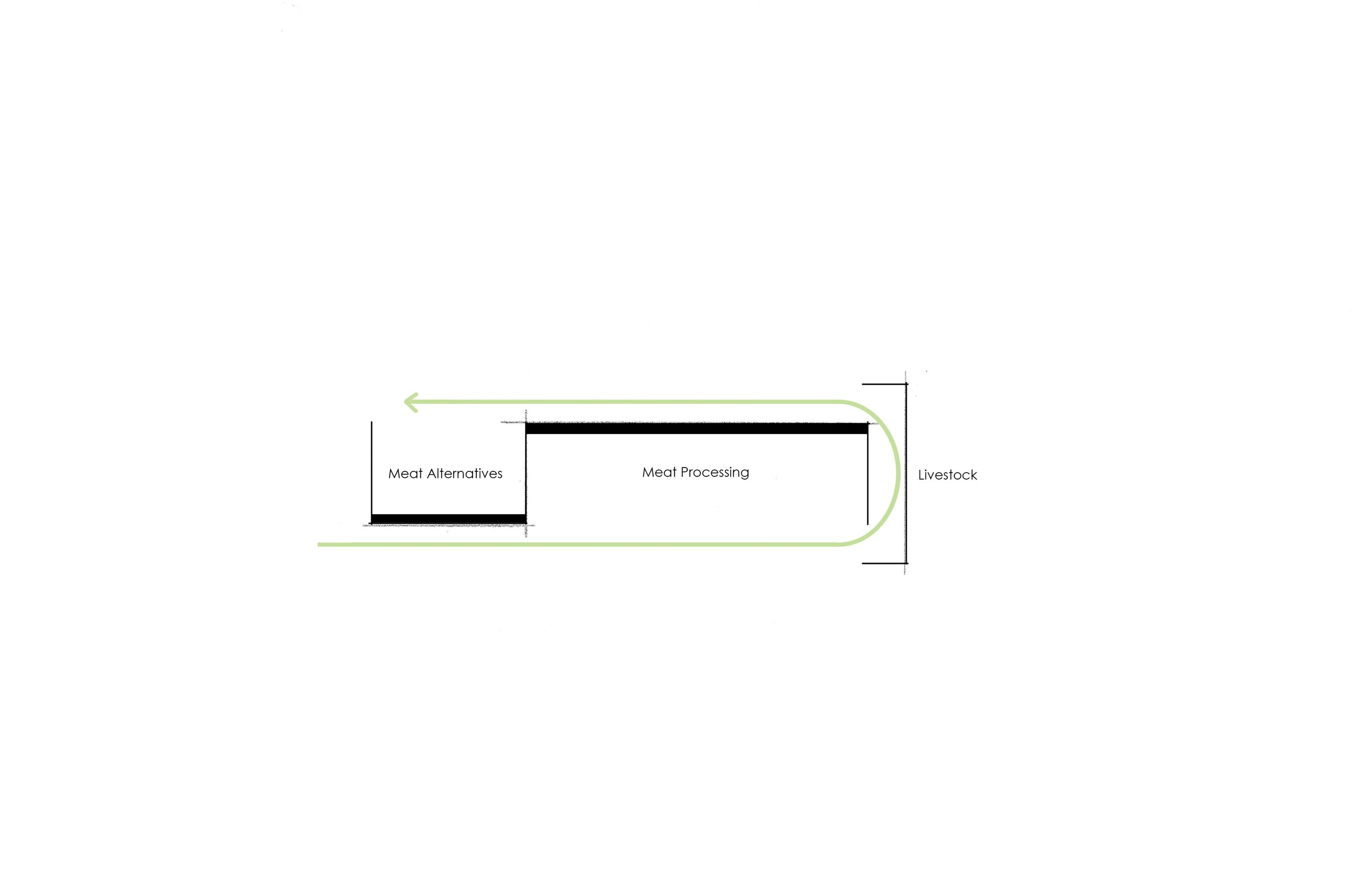
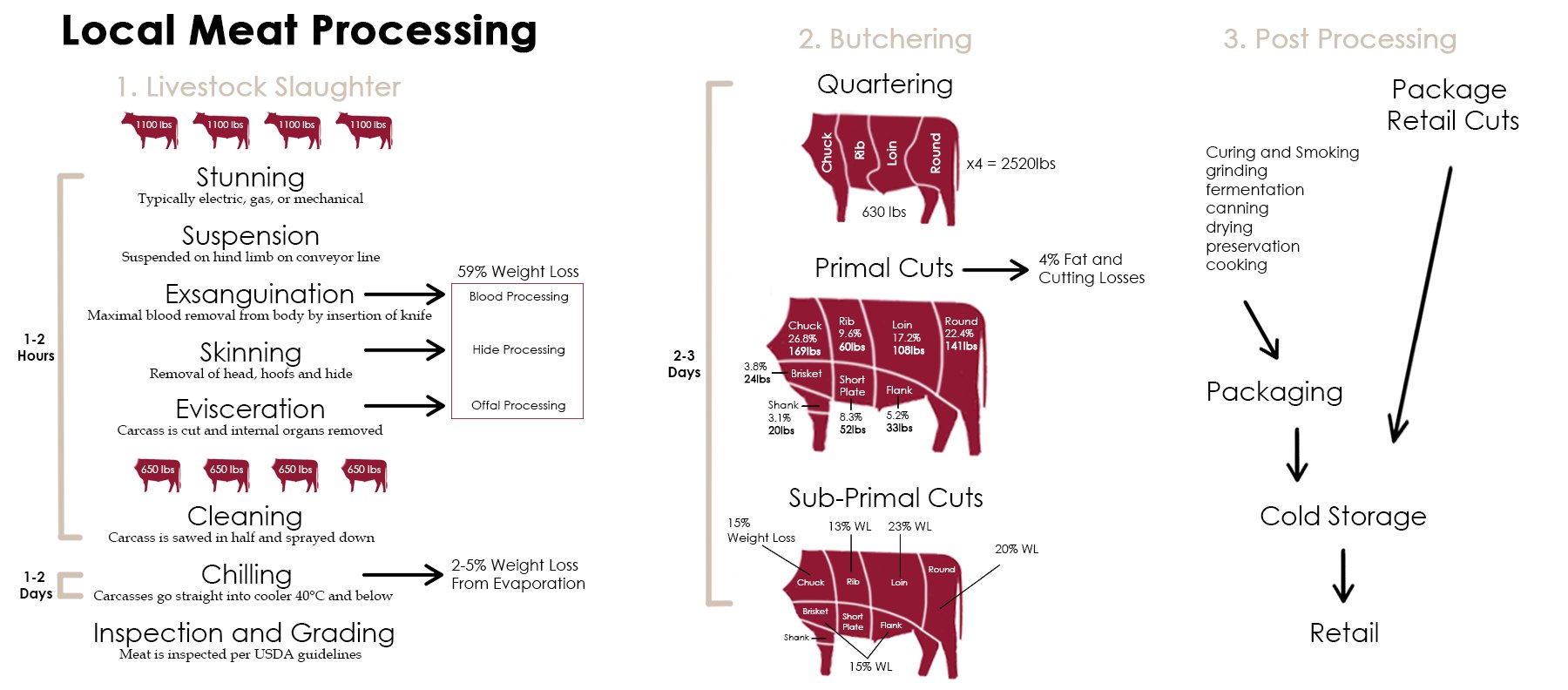

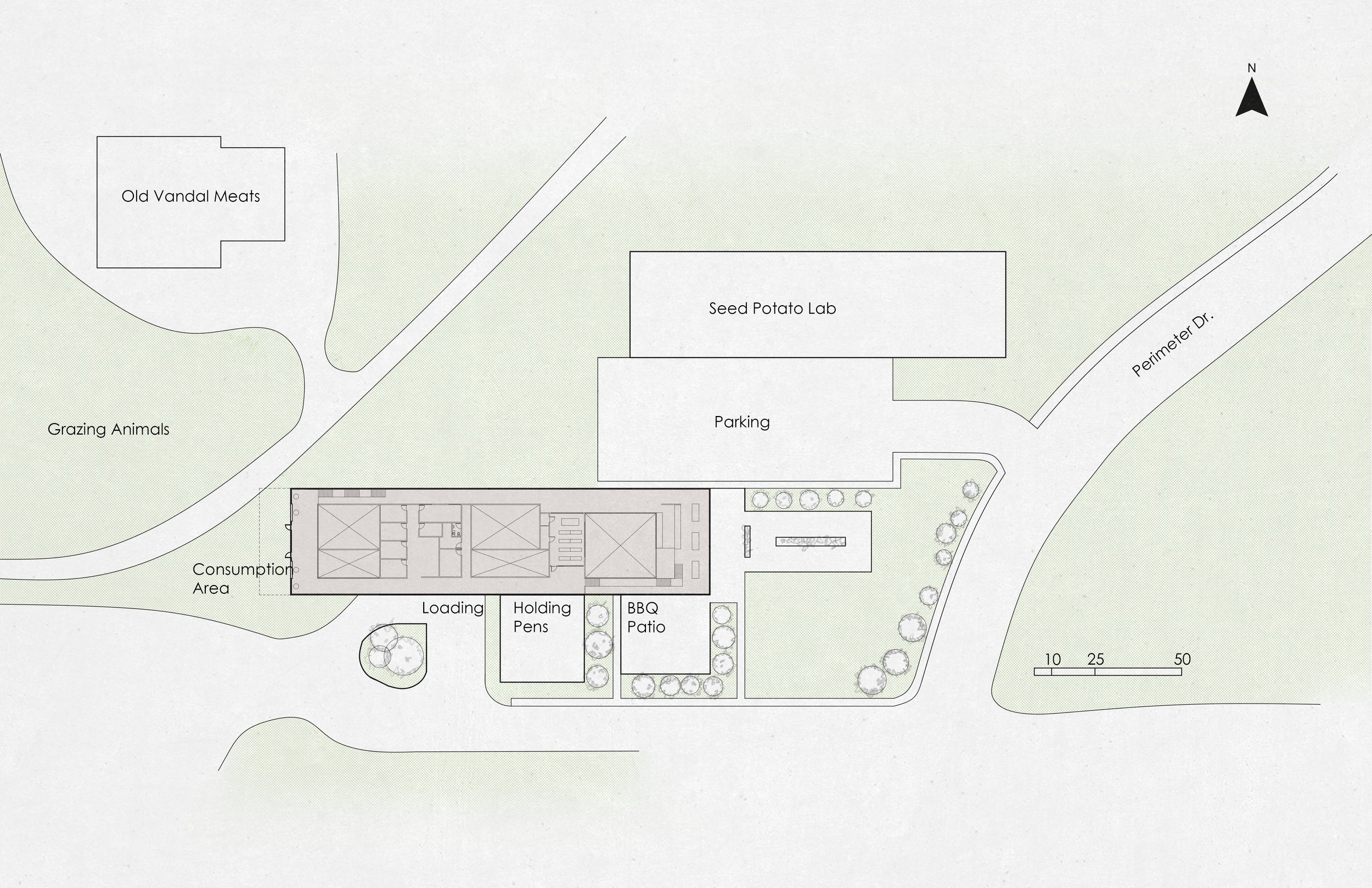



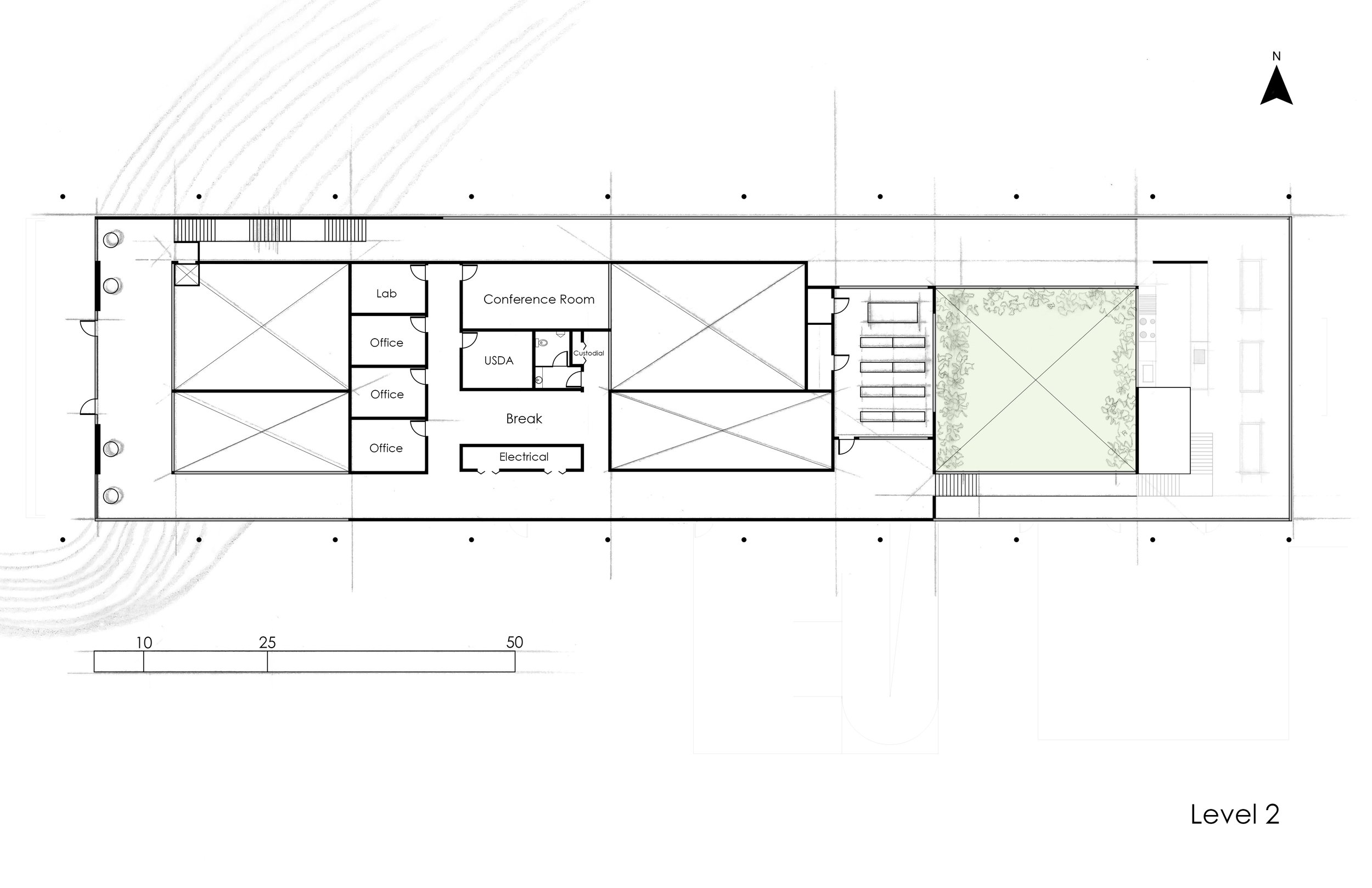

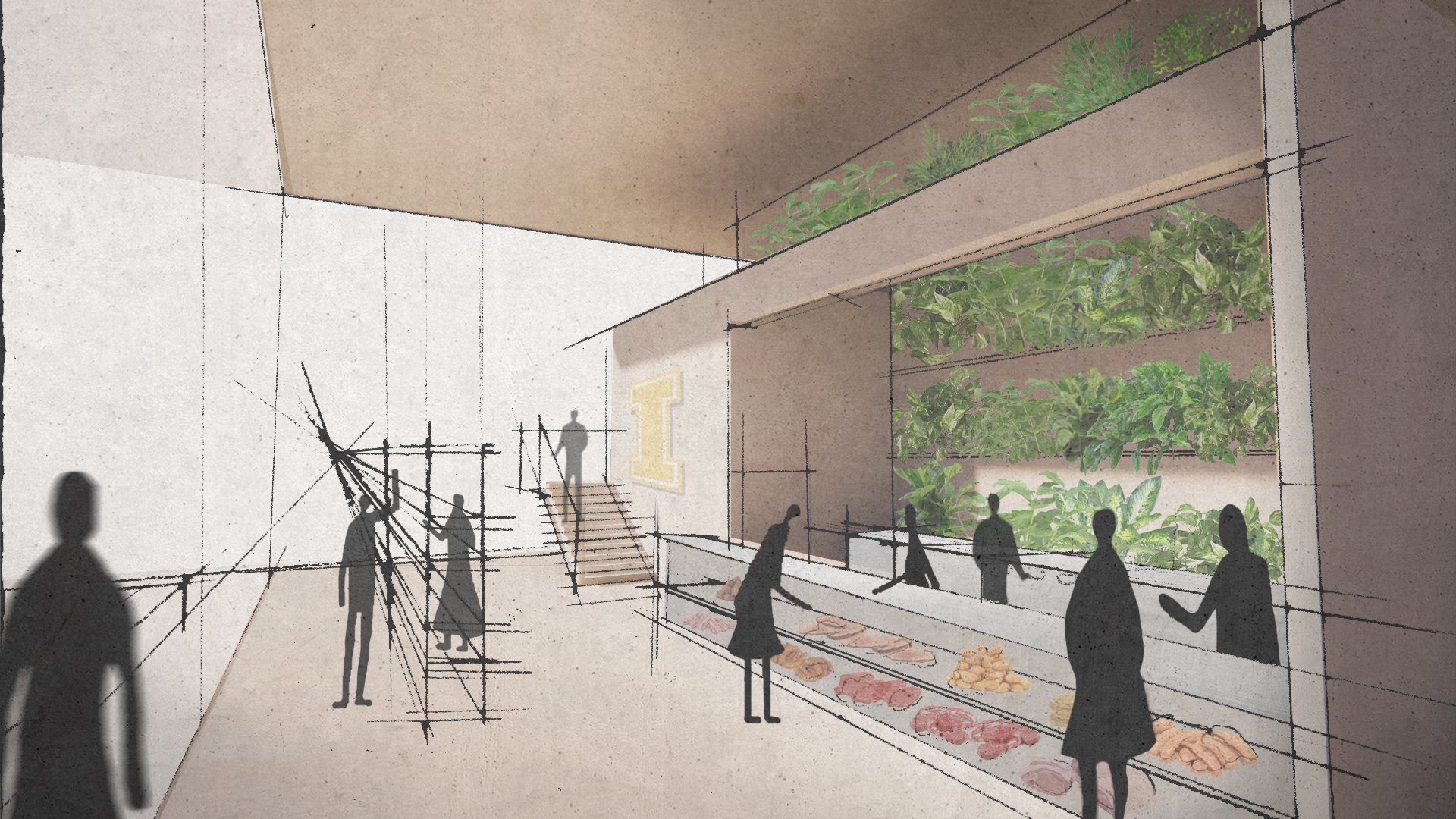
Conner Coffland
2020 - University of Idaho - Meat Science Innovation Lab
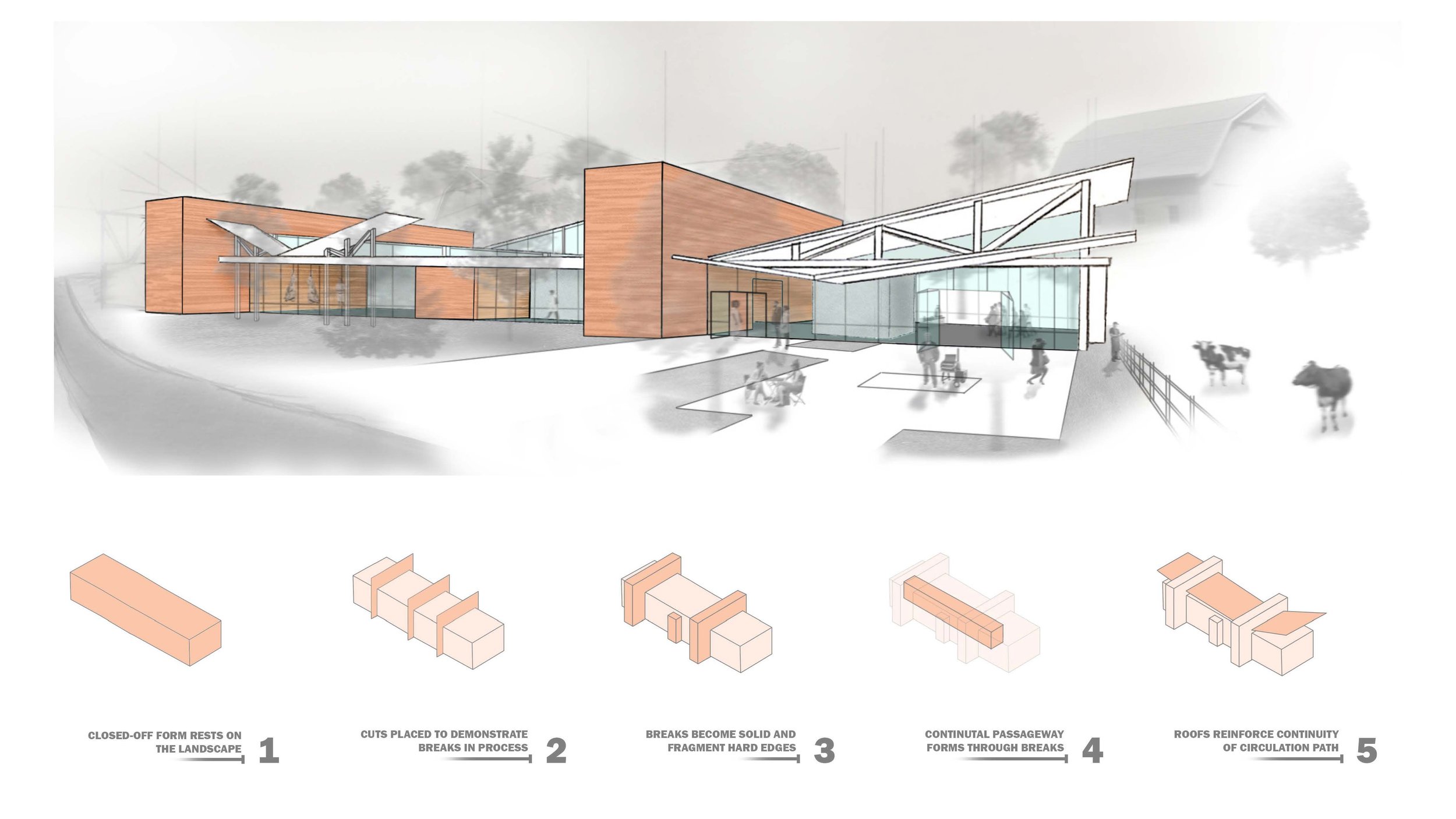

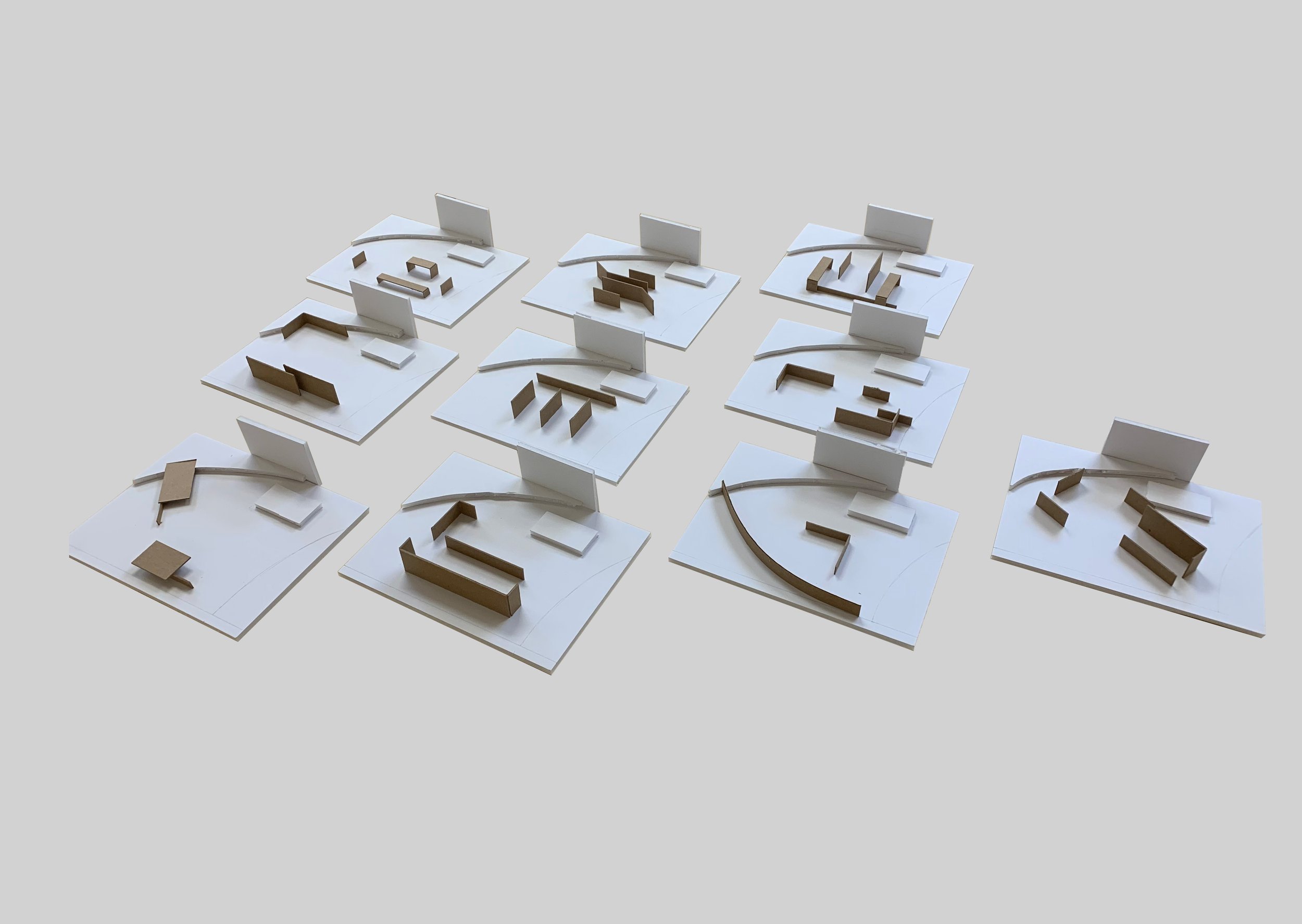
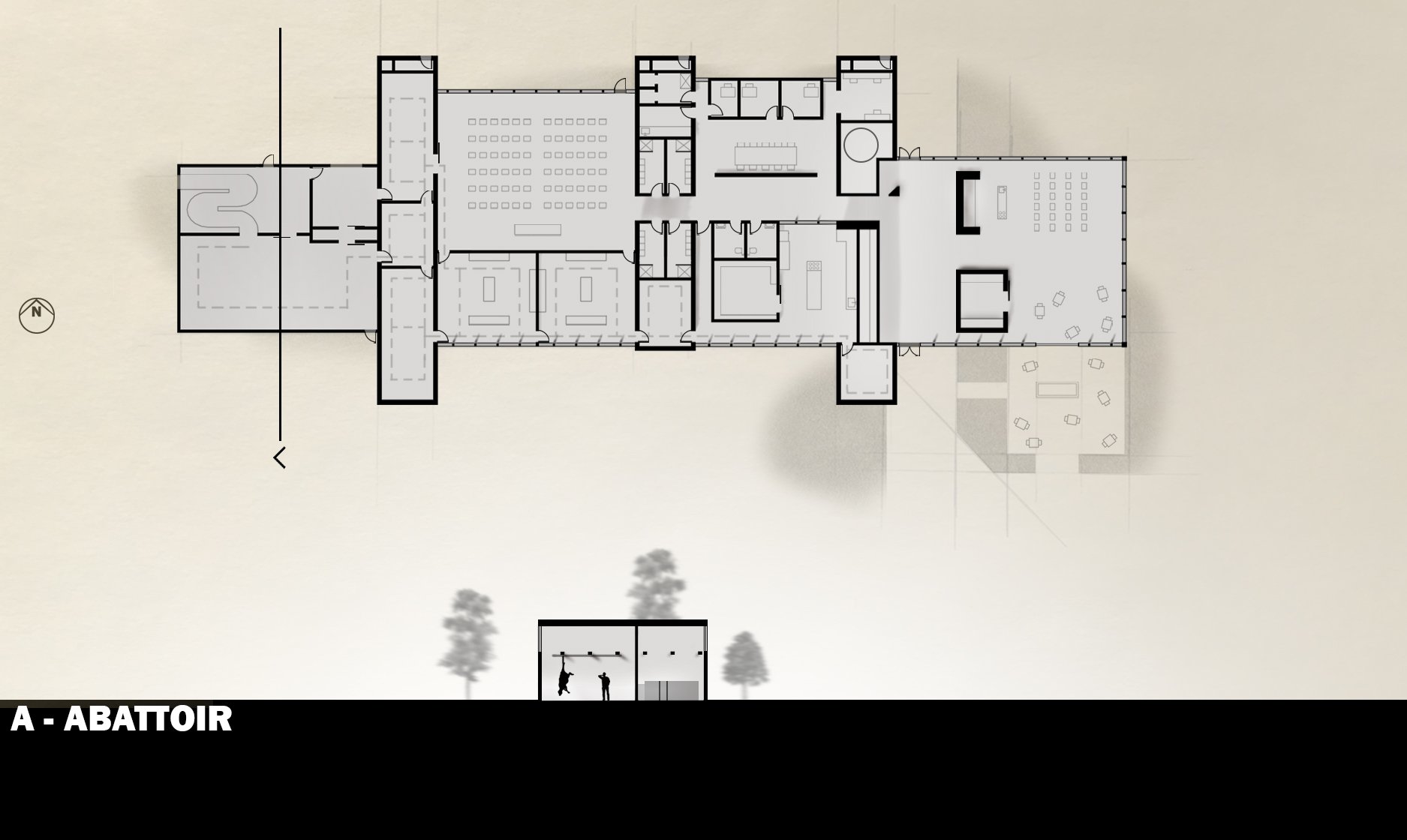
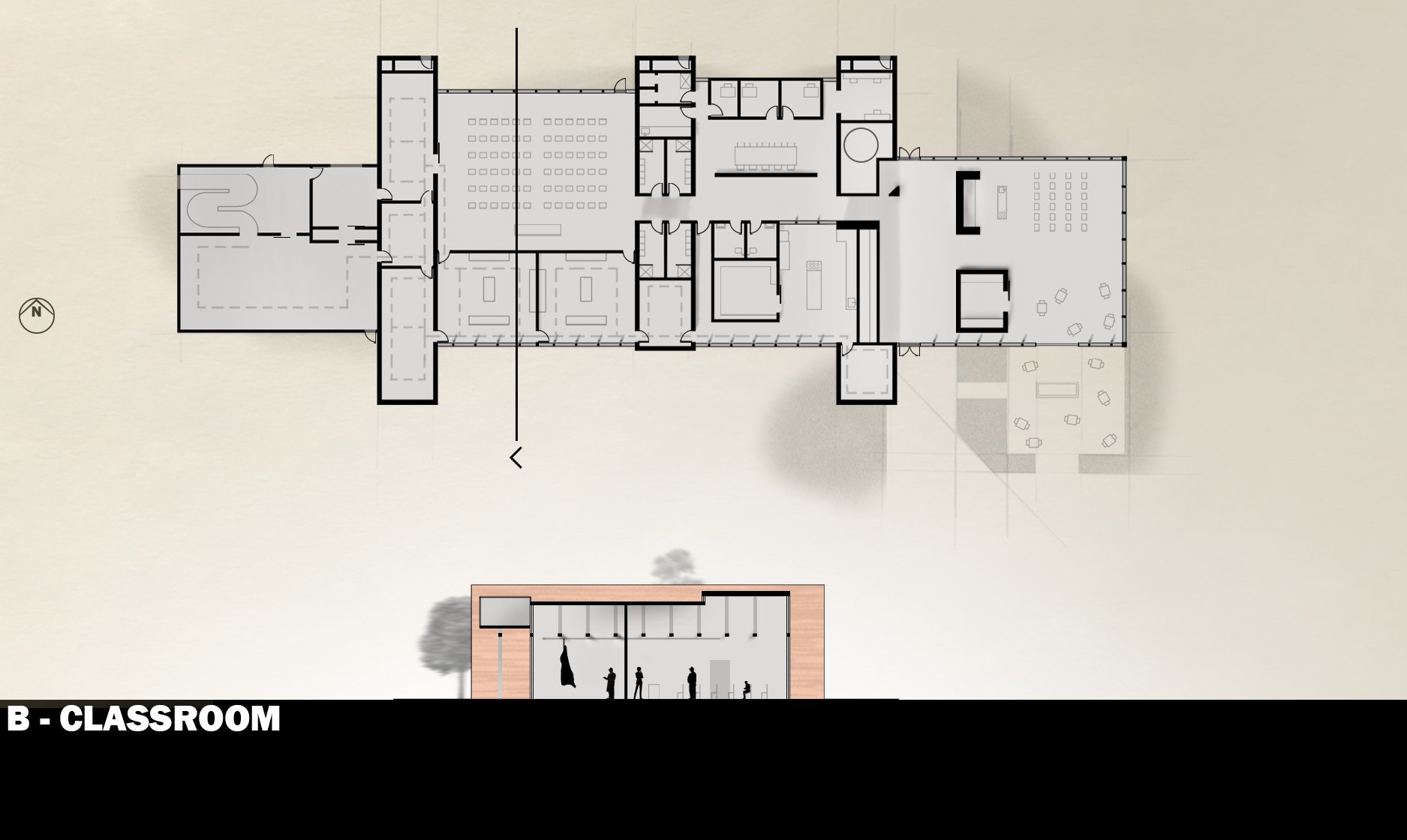
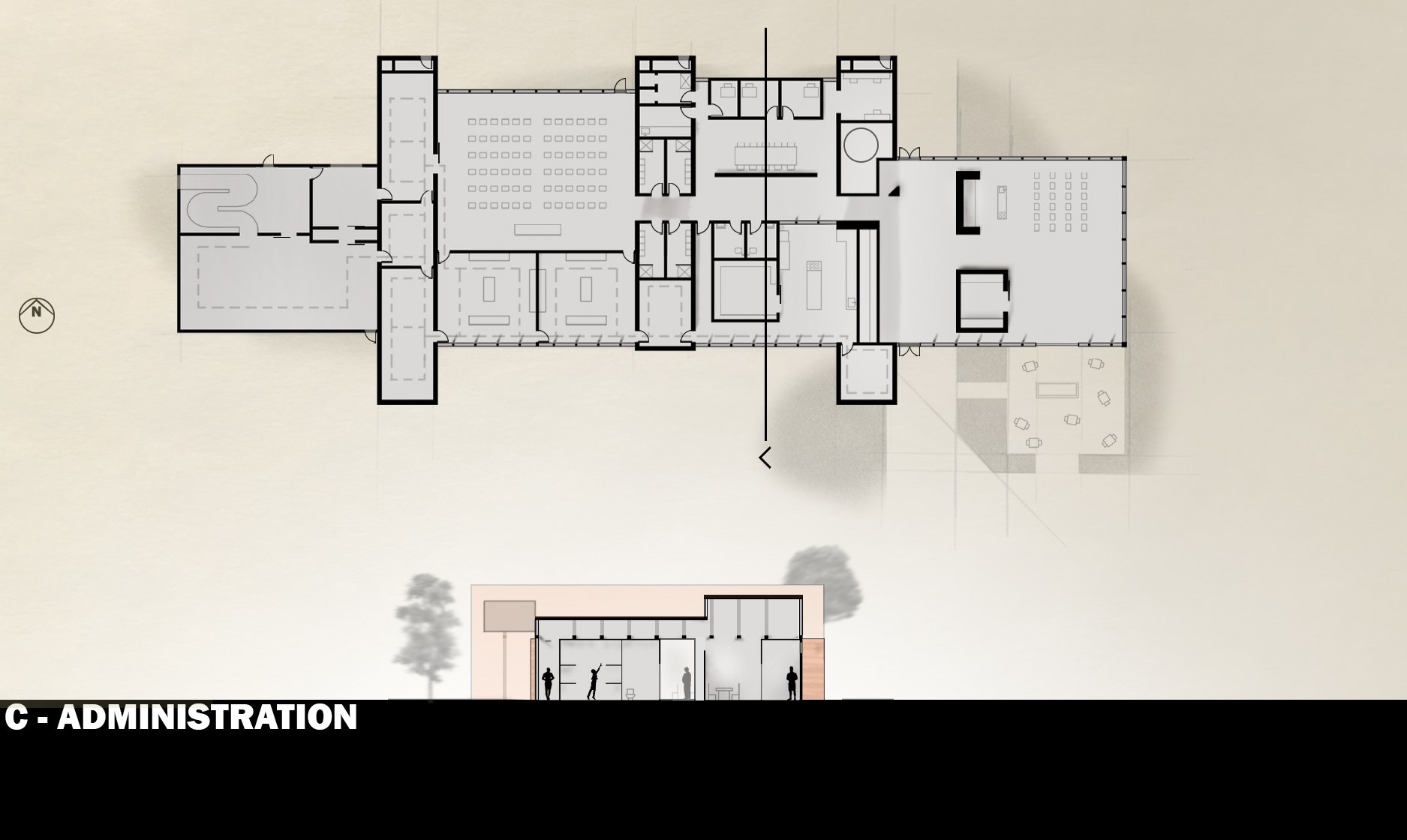

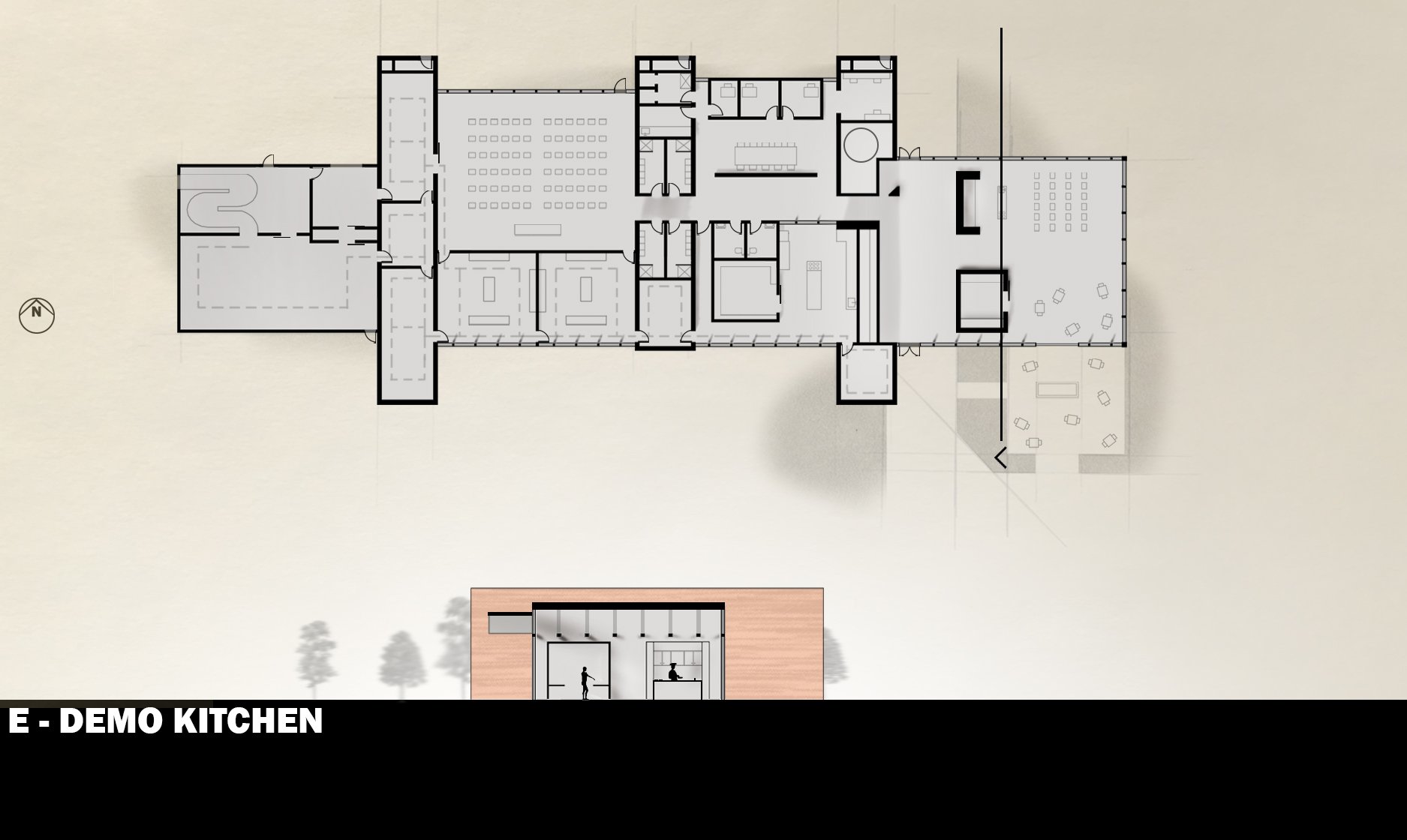
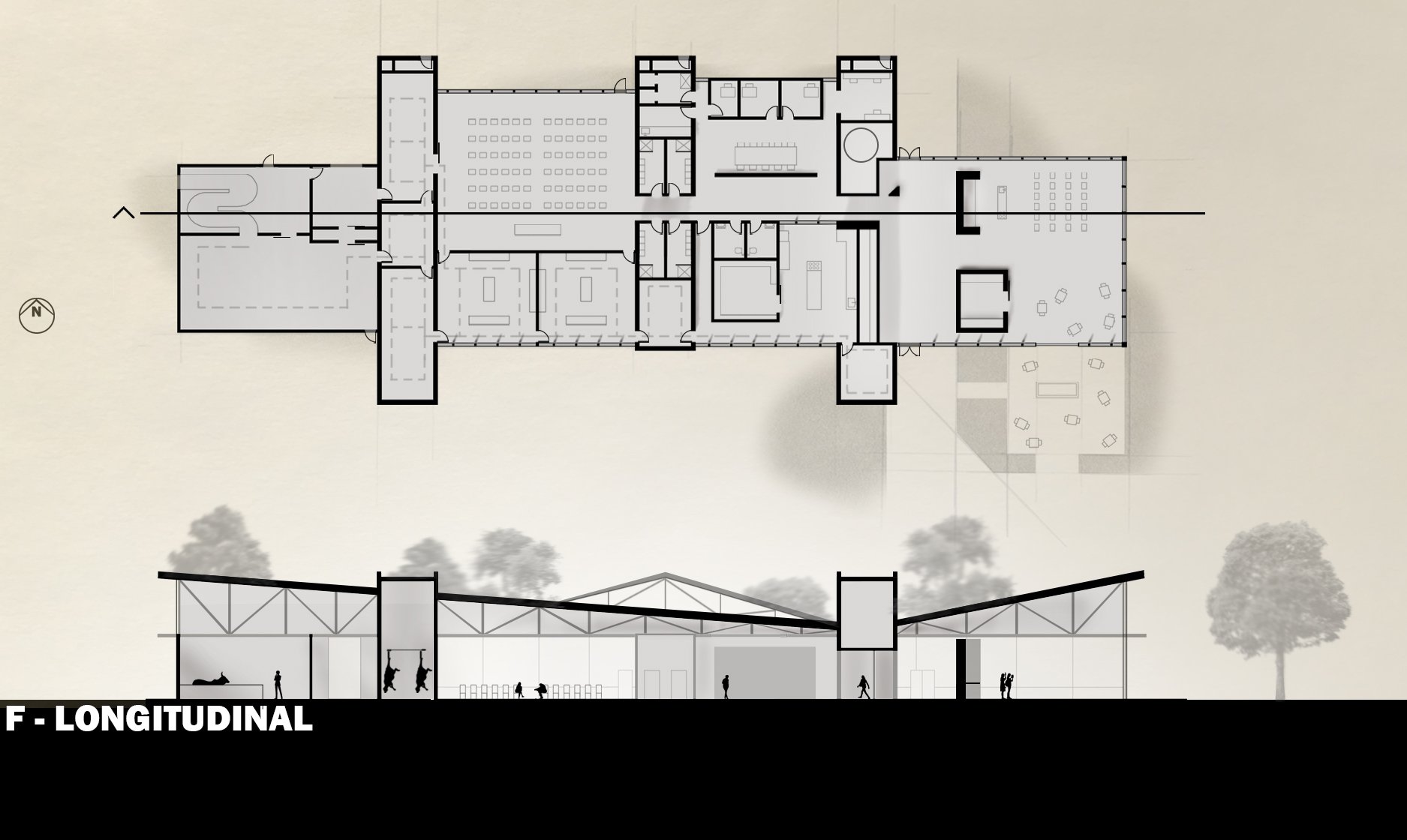

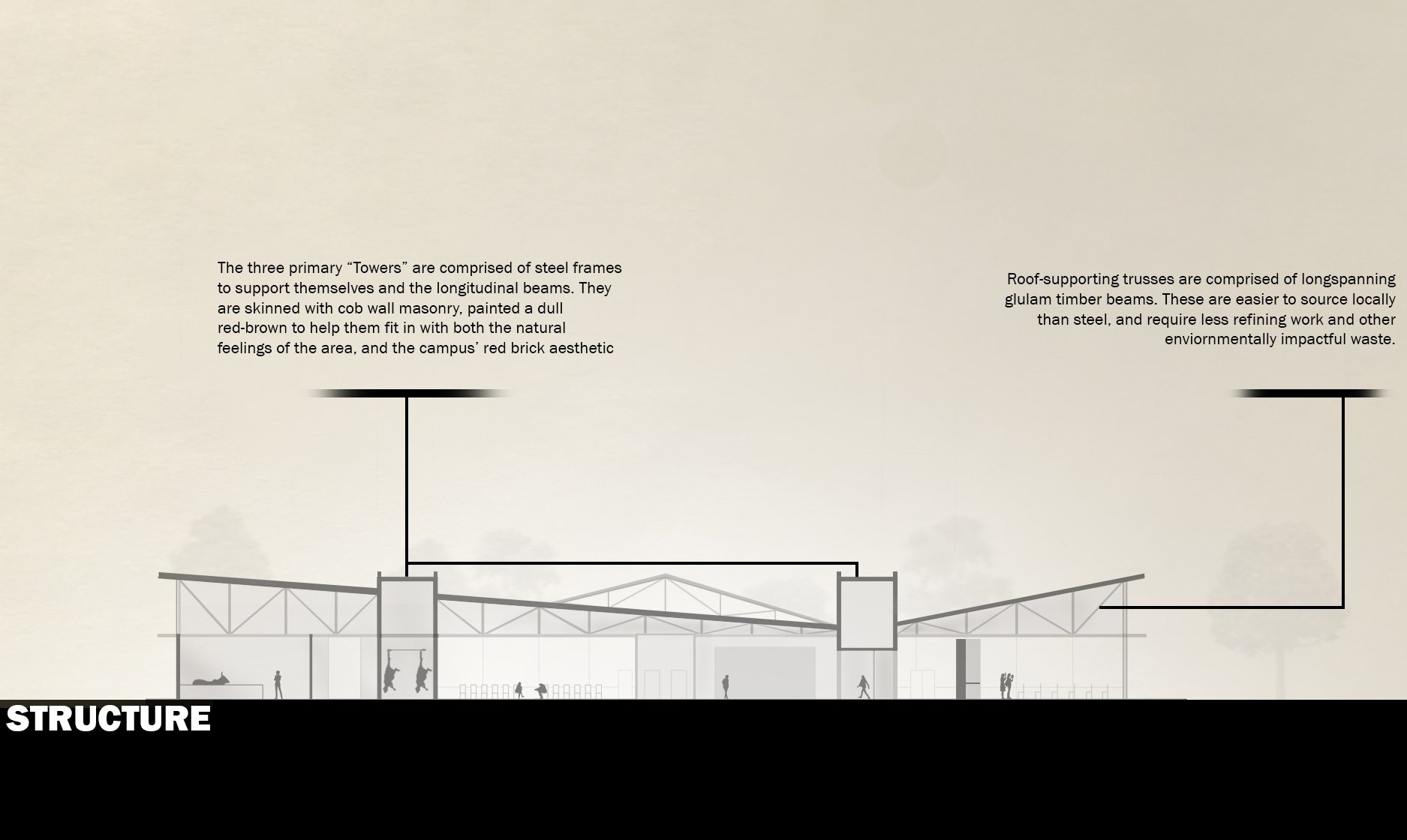



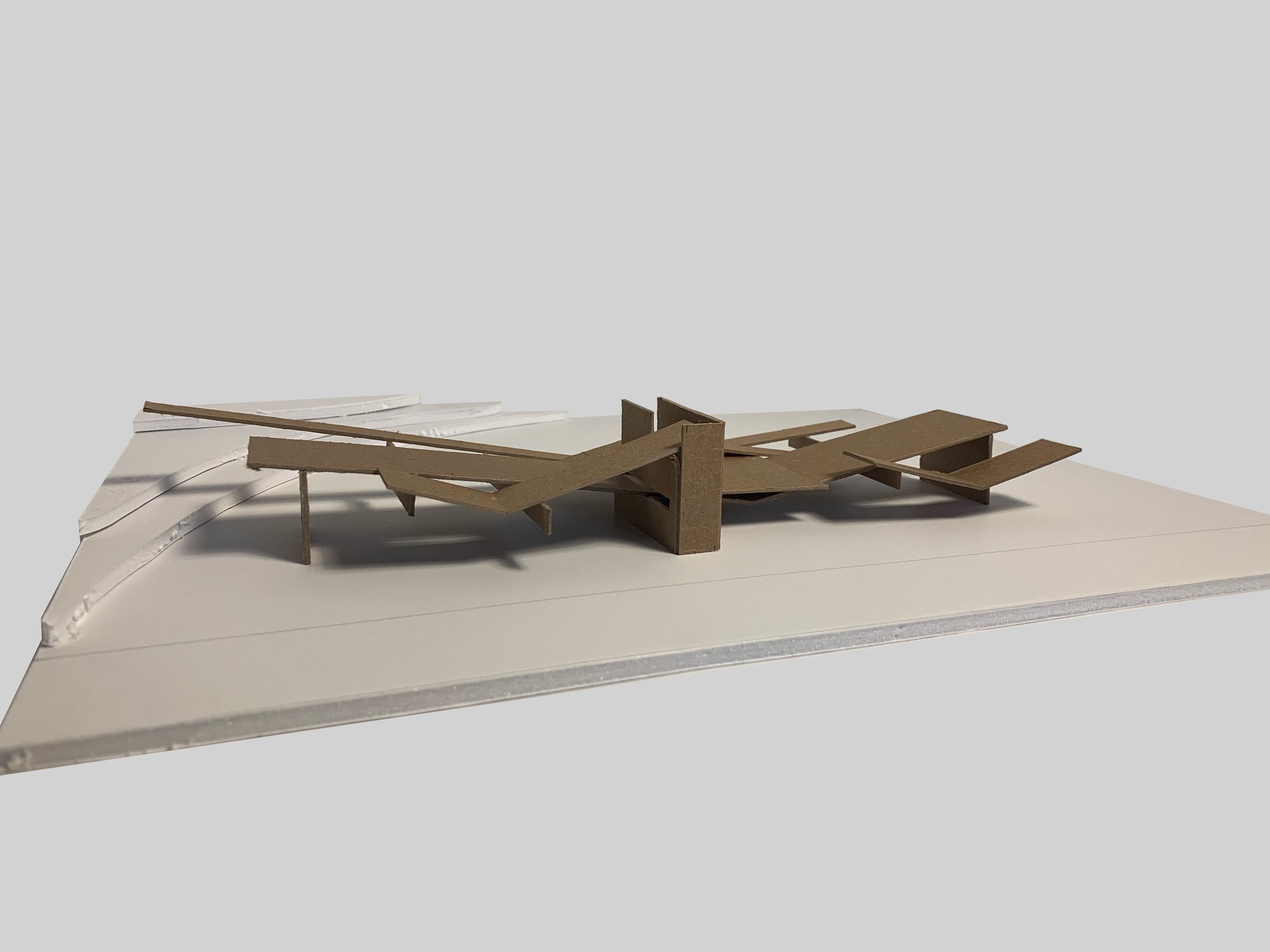
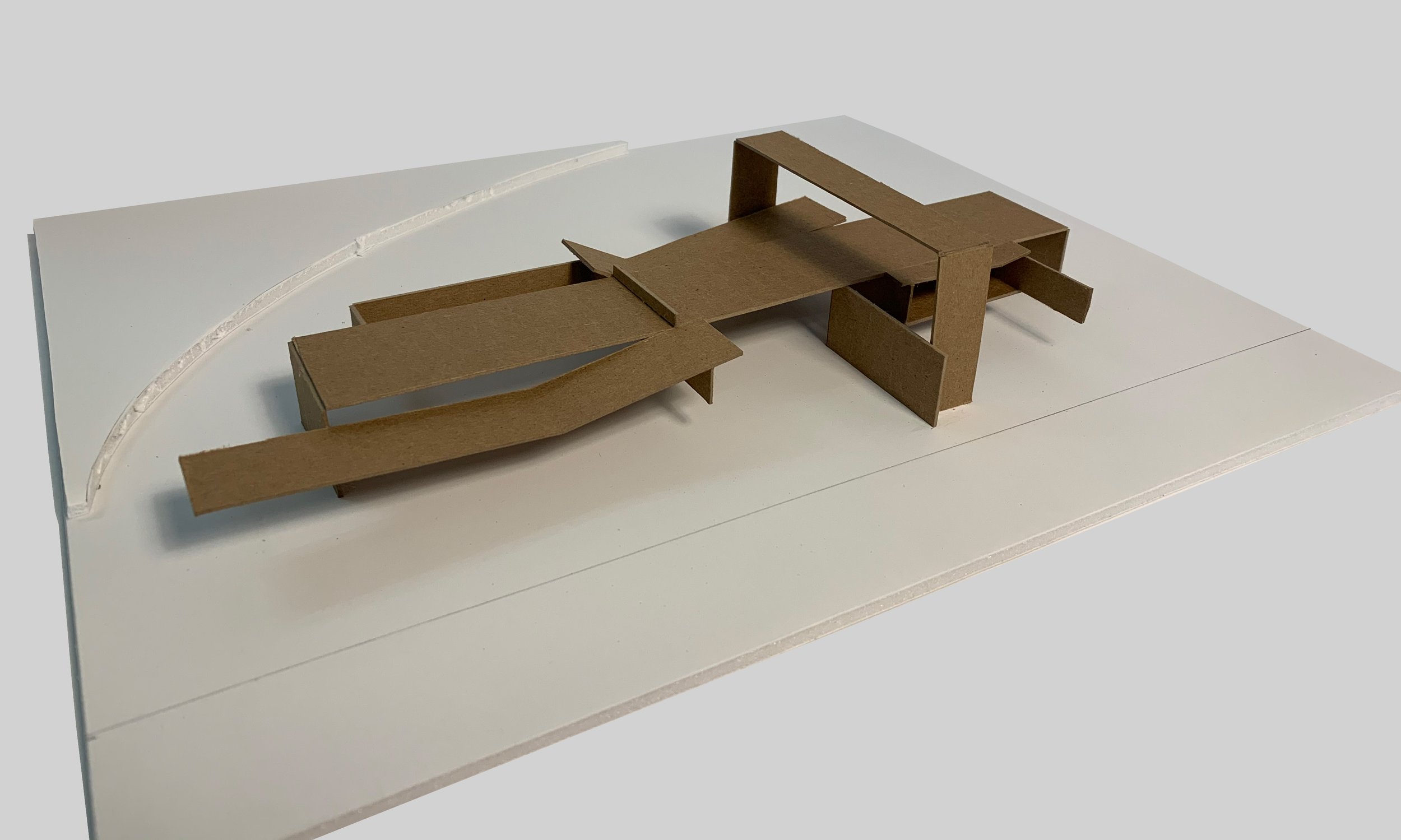

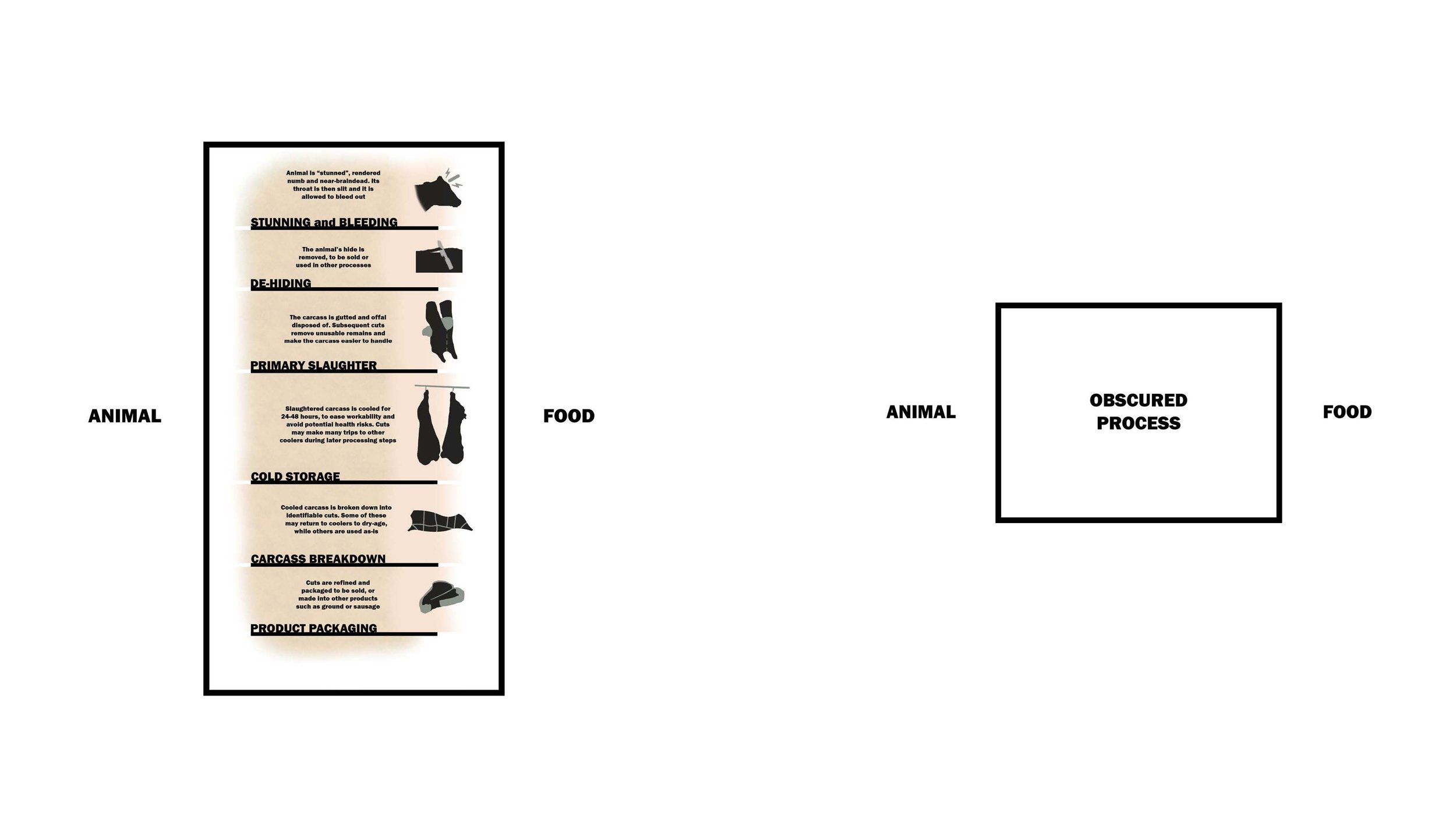
Garrett Schwalber
2020 - University of Idaho - Meat Science Innovation Lab
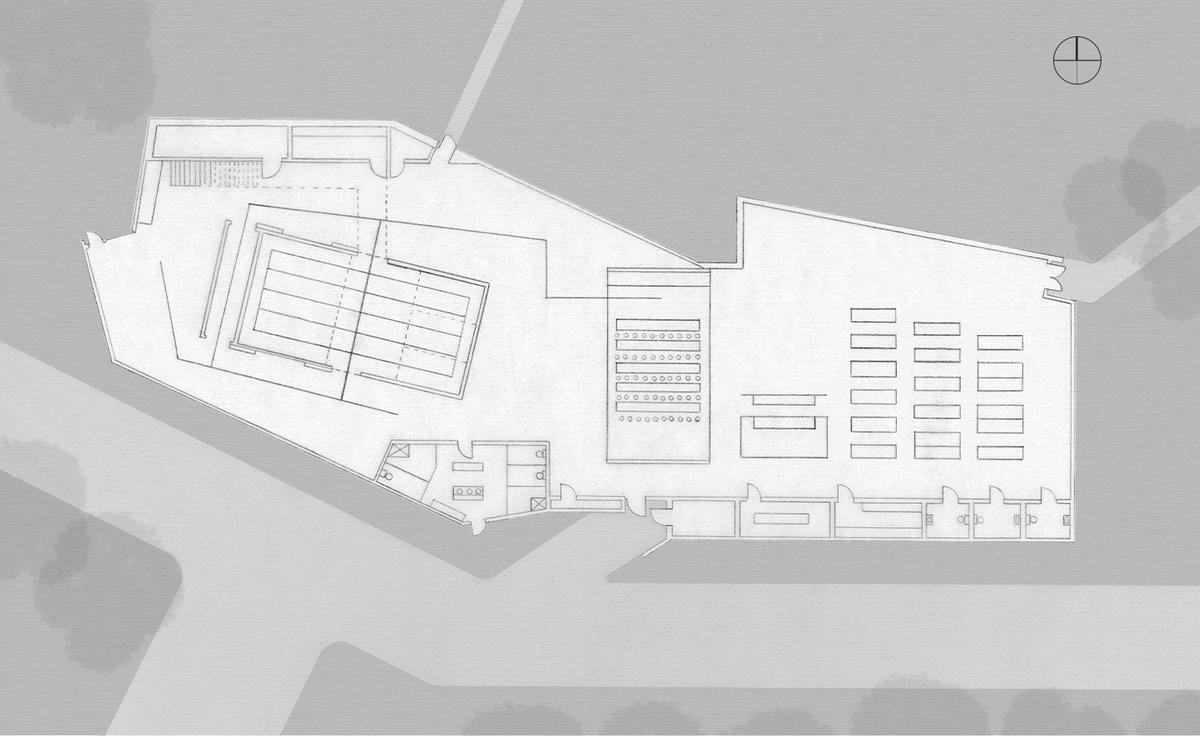
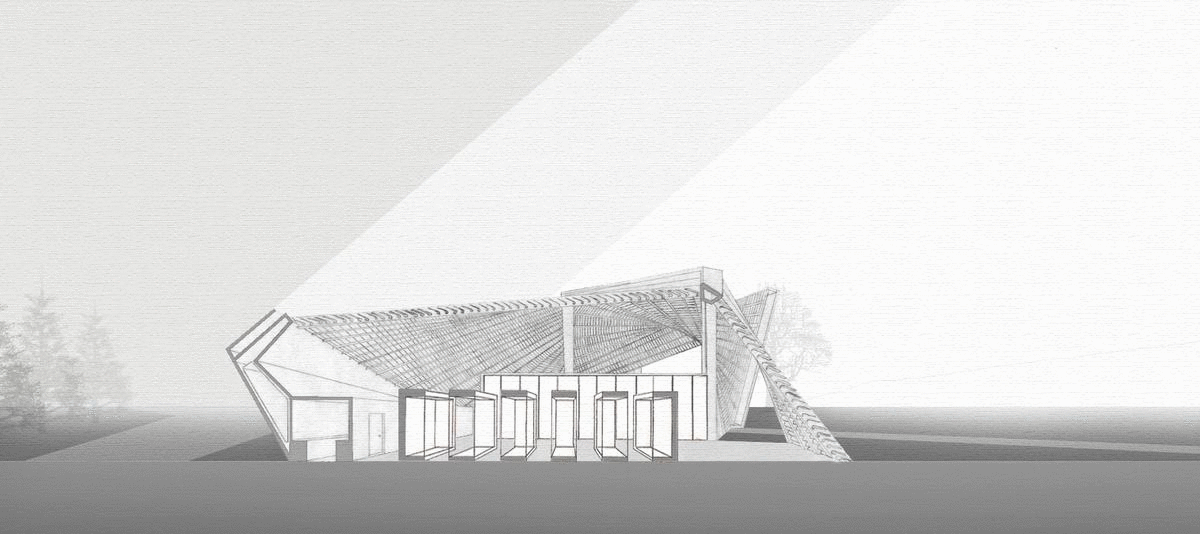
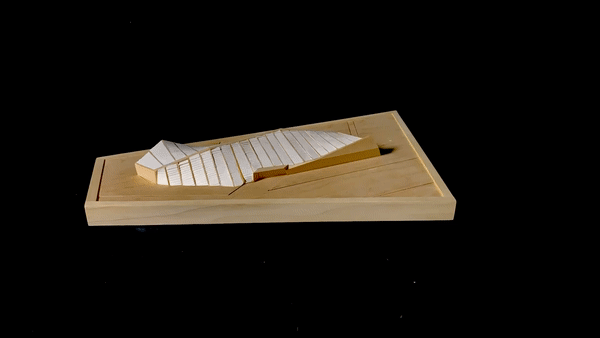
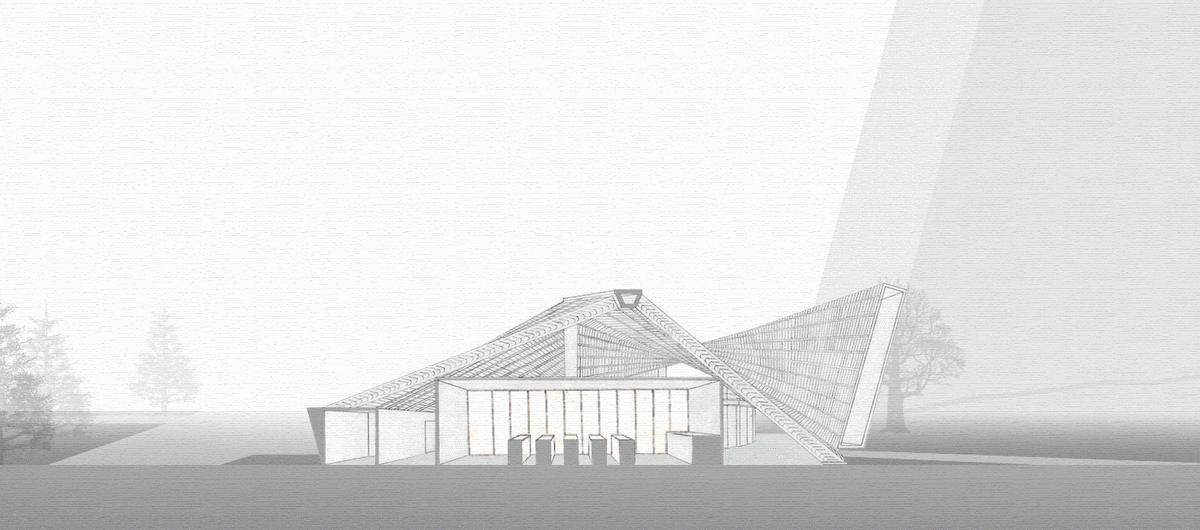
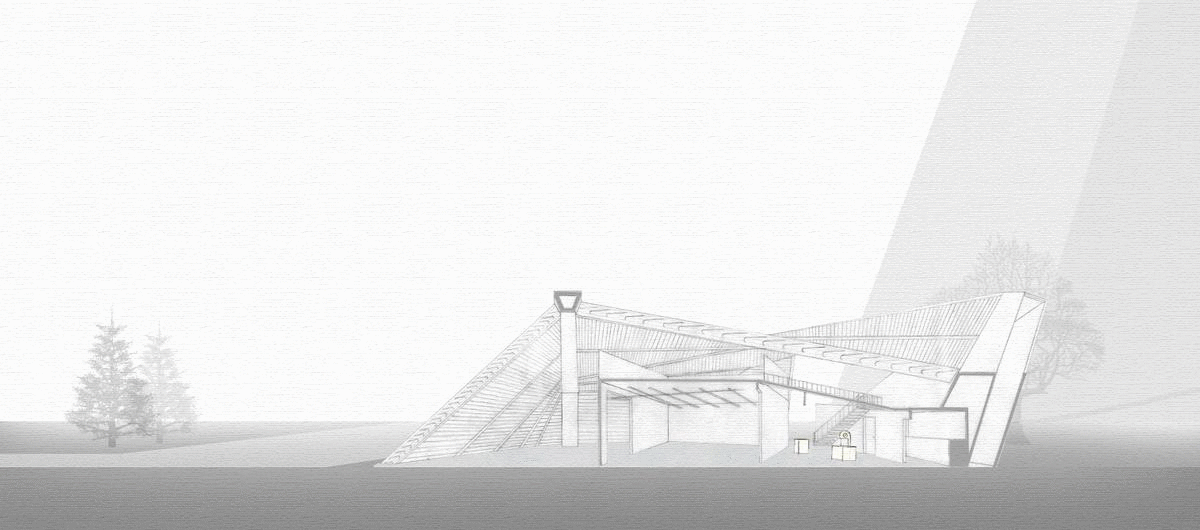
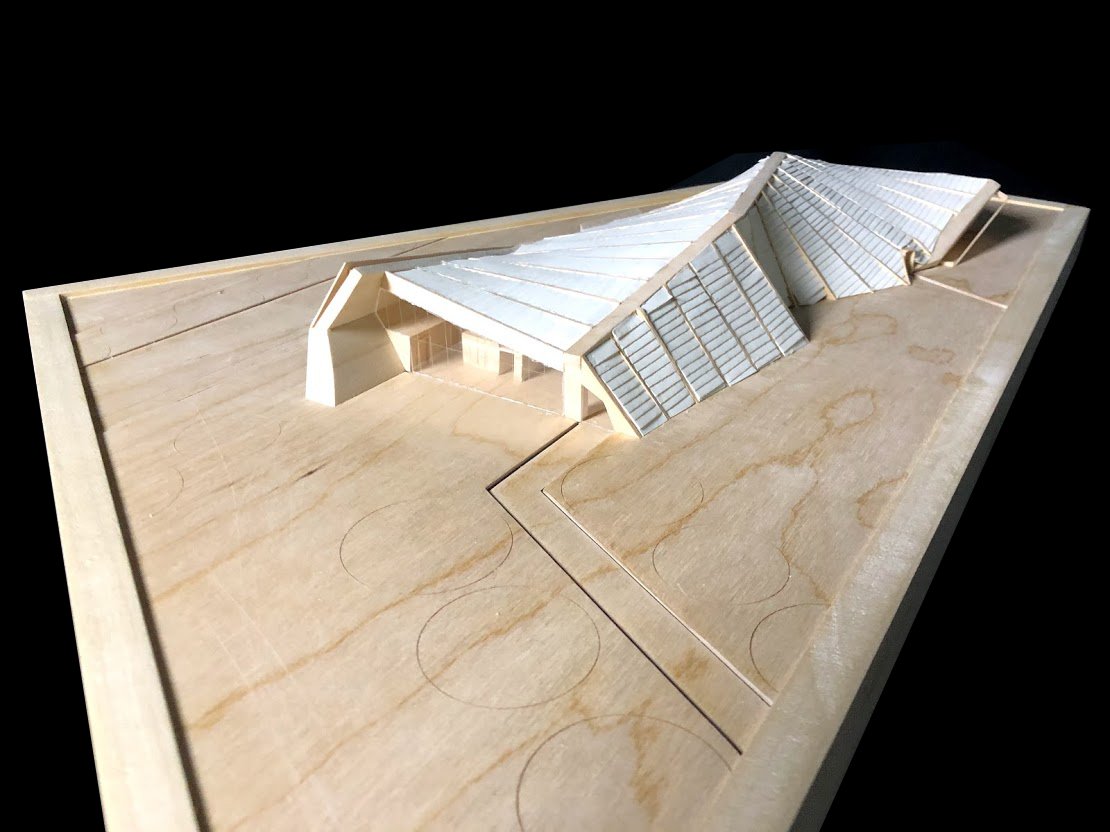



Taylor Watson
2020 - University of Idaho - Meat Science Innovation Lab




